You wouldn’t download a car, but would you download a plant? I would and so should you. There are a ton of amazing houseplants you can propagate from cuttings, which is effectively like downloading a free plant. Some of the most popular houseplants are incredibly easy to propagate from cuttings, while others need a little bit of convincing and a whole lot of time. Here are 44 houseplants you can propagate from cuttings.
When you’re first getting started it is important to know that there are a few different ways to propagate houseplants from cuttings and not all methods will work for all types of plants. For that reason, I’ve divided the list into subcategories so similarly propagated plants go together.
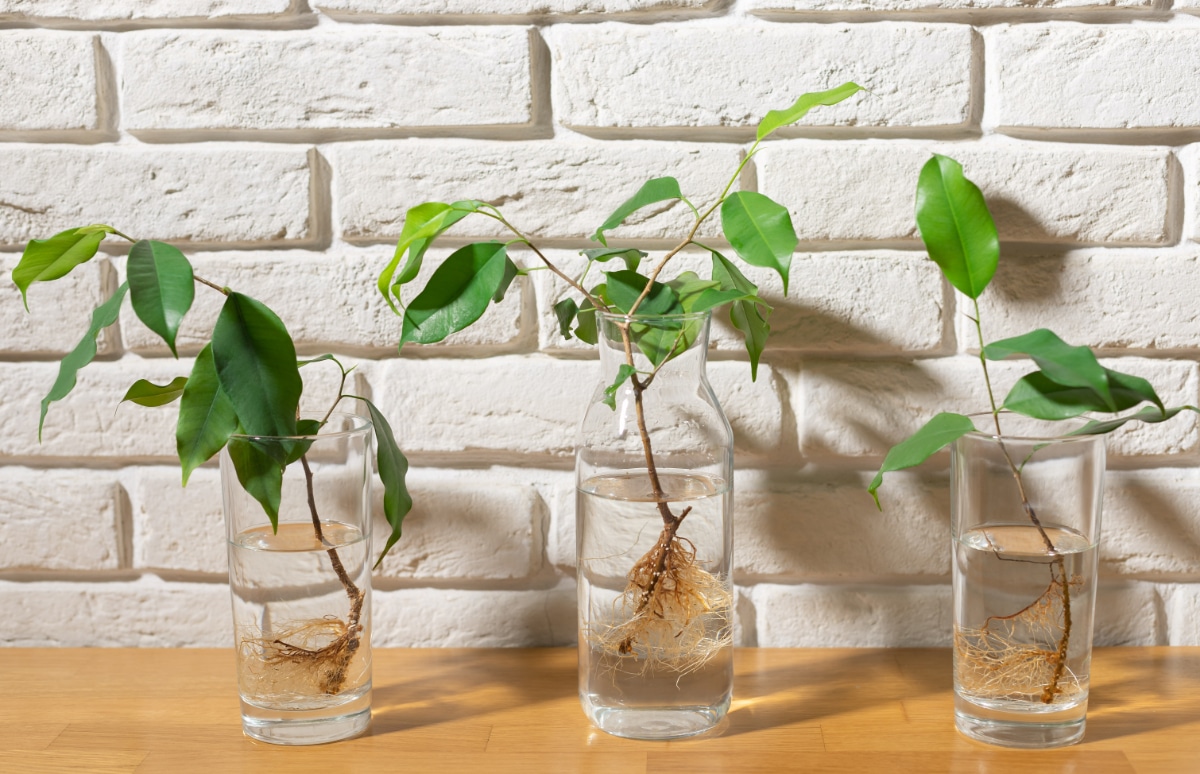
Jump to:
- Stem Cutting
- Arrowhead Vine
- Chinese Evergreen
- Christmas Cactus
- Coleus
- Cordyline
- Corn Plant
- Cyperus
- Dumb Cane
- Easter Cactus
- English Ivy
- Epipremnum, aka Devil’s Ivy
- Fiddle Leaf Fig
- Hoya
- Impatiens
- Jade
- Jewel Orchid
- Lipstick Plants
- Monstera Adansonii
- Monstera Deliciosa
- Pink Princess Philodendron
- Pothos
- Rubber Tree
- Star Jasmine
- String of Pearls
- Swedish Ivy
- Tradescantia
- Verbena
- Wandering Jew aka Inch Plant
- Yucca
- Zamioculcas Zamiifolia (ZZ Plant)
- Zig Zag Cactus
- Leaf Cutting
- African Violet
- Begonia
- Echeveria
- Haworthia
- Snake Plant
- Side Shoots
- Air Plants
- Aloe
- Dwarf Banana
- Pink Quill Plant
- Urn Plant
- Plantlets
- Moth Orchid
- Pilea Peperomiodes
- Spider plant
Stem Cutting
Stem cutting is exactly what it sounds like. Cut off a piece of the stem of the plant with leaves on it then put it in either soil or water and watch the roots grow. This is by far the most common way to propagate plants from cuttings. I’ve also included in this section the plants that you propagate by cutting the tip-off of since the idea is pretty much identical. How many stems you should take and how many leaves they should have on them will vary from plant to plant. Some plants will need specific nodes included in the cutting in order to form roots. So be sure to read up on your plant before you do any cutting.
Arrowhead Vine
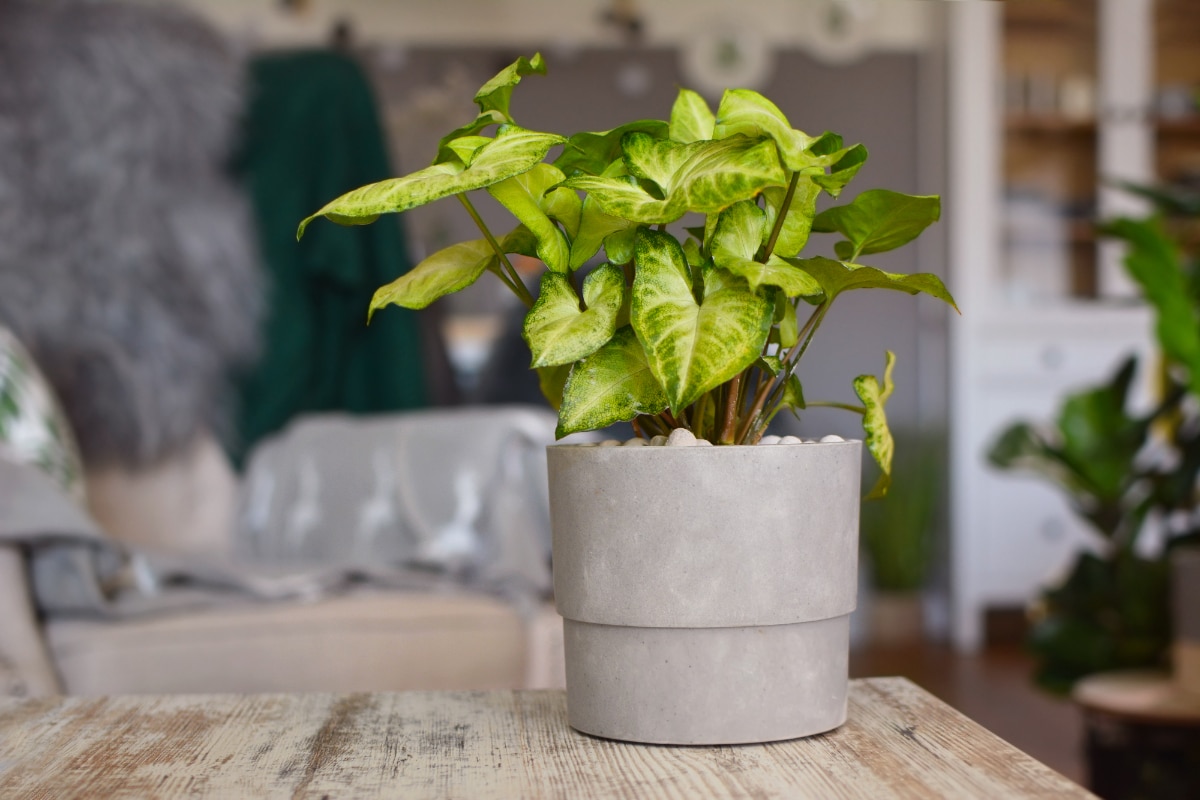
Cut a 6-12 inch long section of stem then you can either put the cutting in soil or watch the roots grow by putting them in water. New roots will take a week or two to start appearing and you’ll see new leaves after a month.
Chinese Evergreen
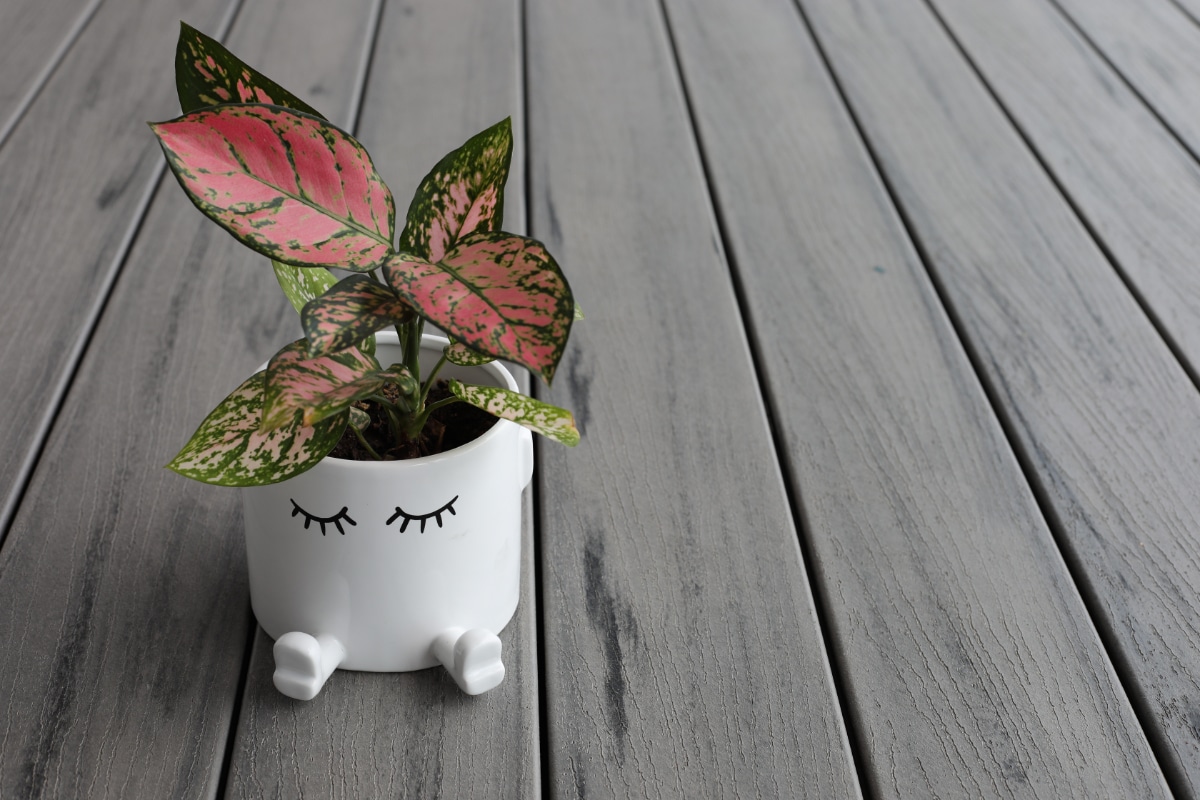
Did you know you can keep your Chinese Evergreen in water forever after you propagate from a cutting? I’ve never tried it before, but I think I’m going to have to in the future!
Christmas Cactus
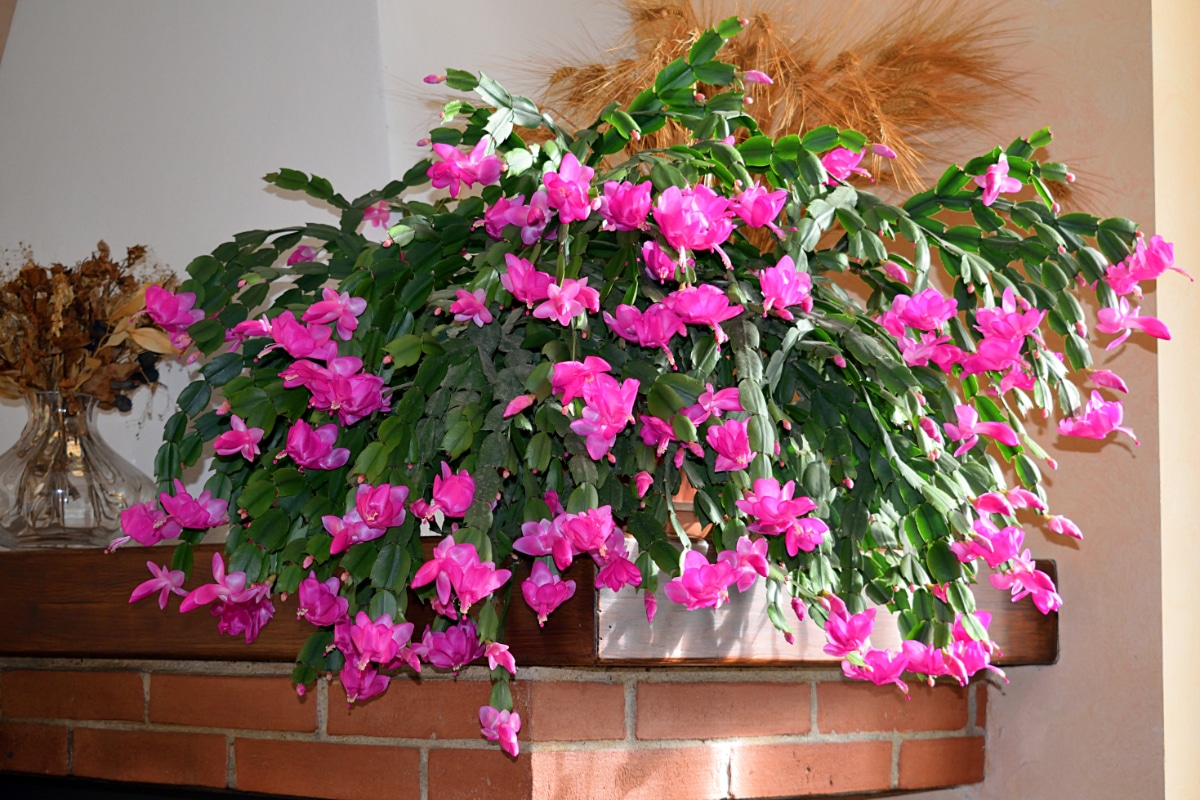
Be sure to leave your cuttings in a cool dry place for a few days in order for your Christmas Cactus to be able to take root. I’ll be writing a full guide on propagating a Christmas Cactus very soon, so keep an eye out for that.
Coleus
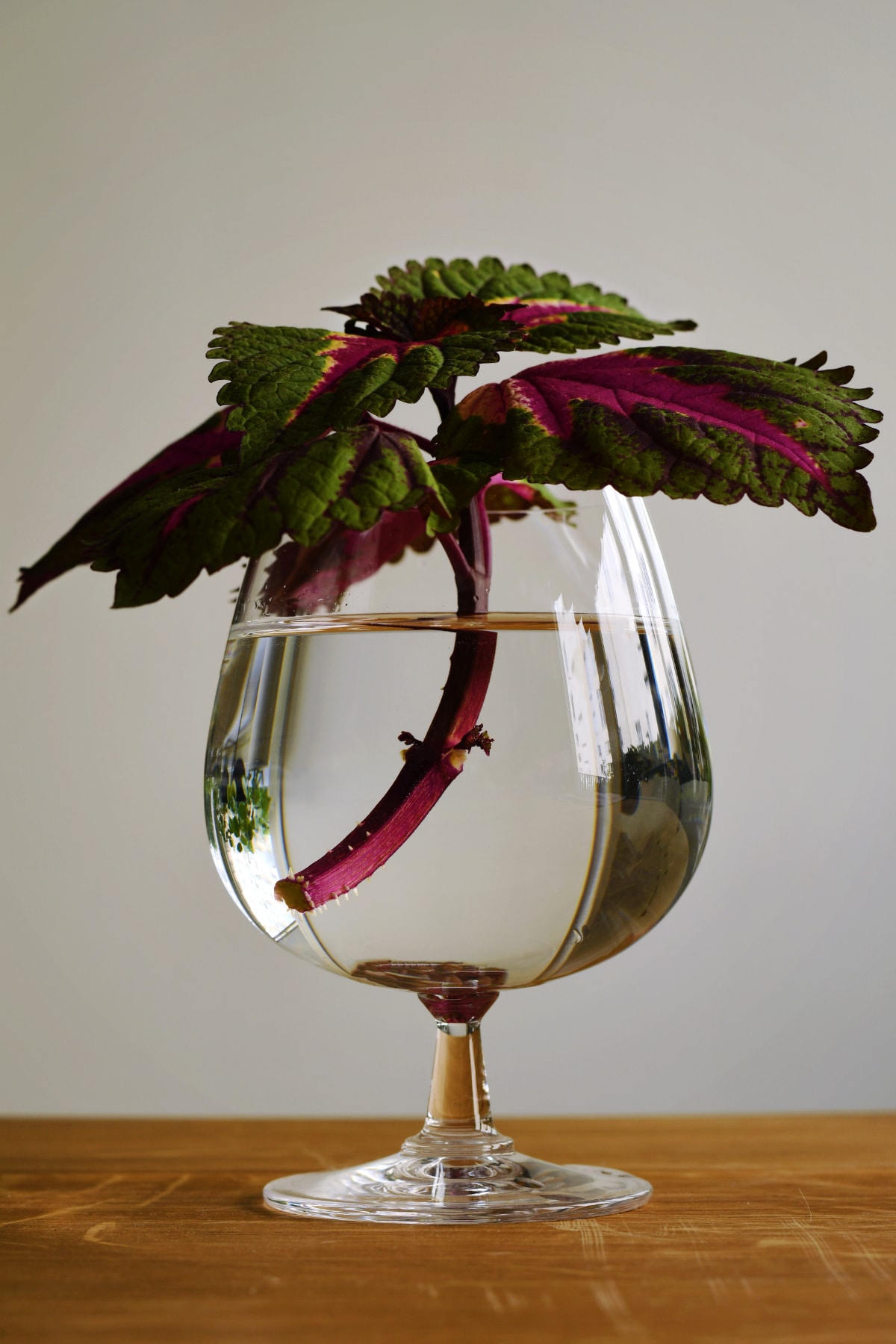
While you can propagate coleus in soil, most people recommend doing it in water instead. It only takes 2-3 weeks for your cuttings to start growing roots, making it one of the fastest and easiest houseplants to propagate from a cutting.
Cordyline
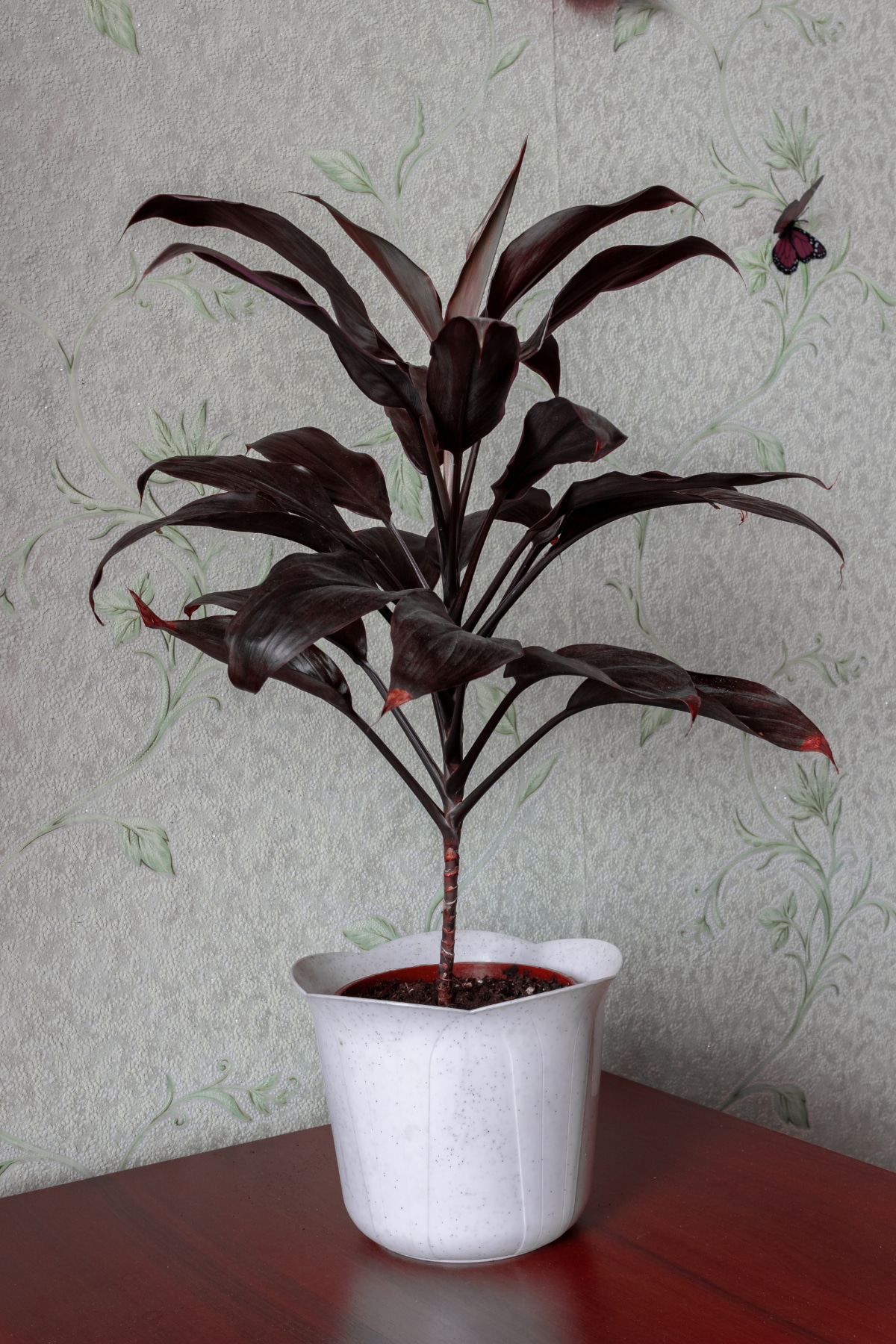
Take a cutting from the tip or a piece of stem to grow yourself some more of these beloved palm-like plants.
Corn Plant
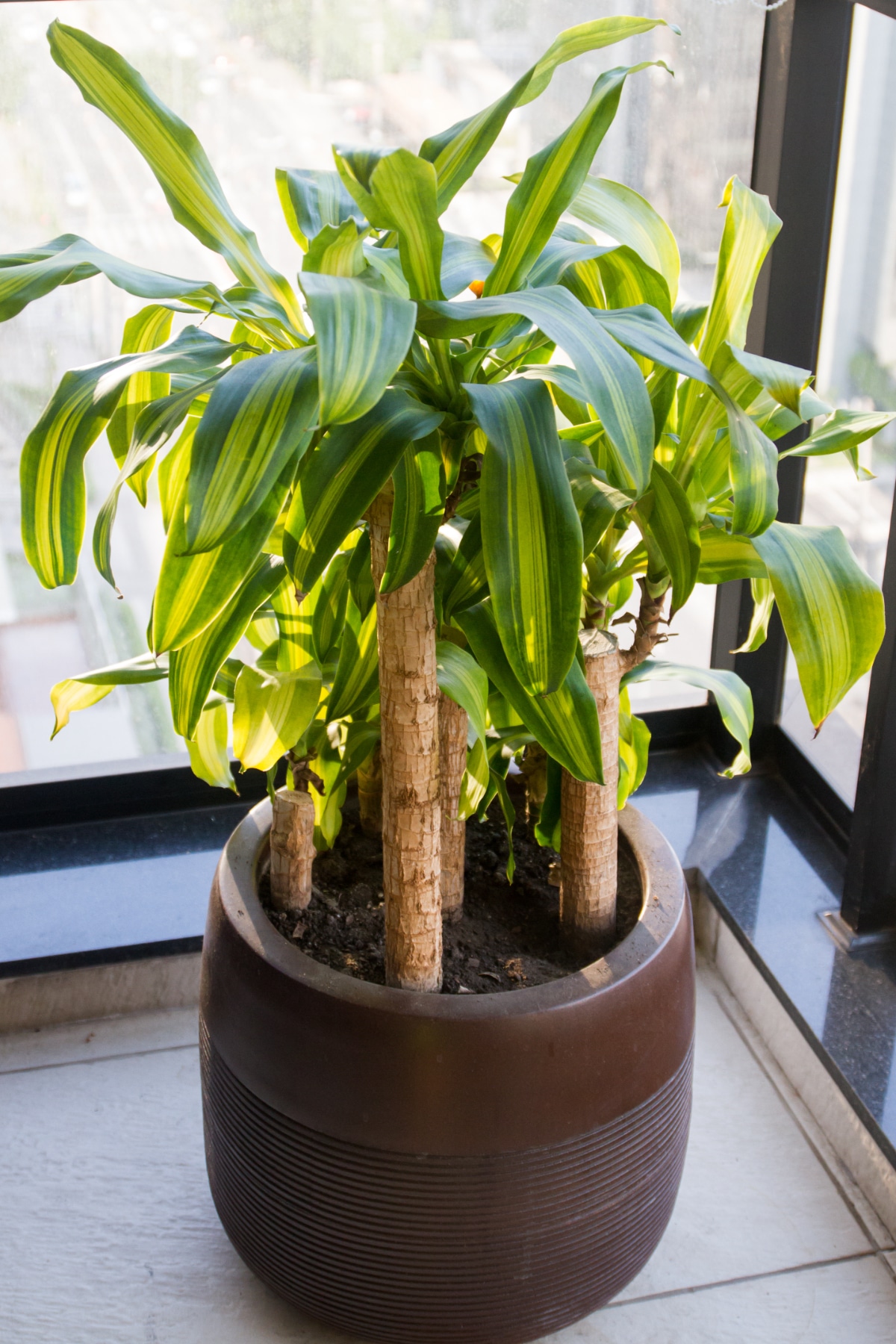
While you can propagate your corn plant from a normal stem cutting, some people like to get fancy and use a much more difficult method called air layering in which you grow roots from the middle of a stem before you ever cut it off plant. I recommend sticking with the traditional stem cutting method though.
Cyperus
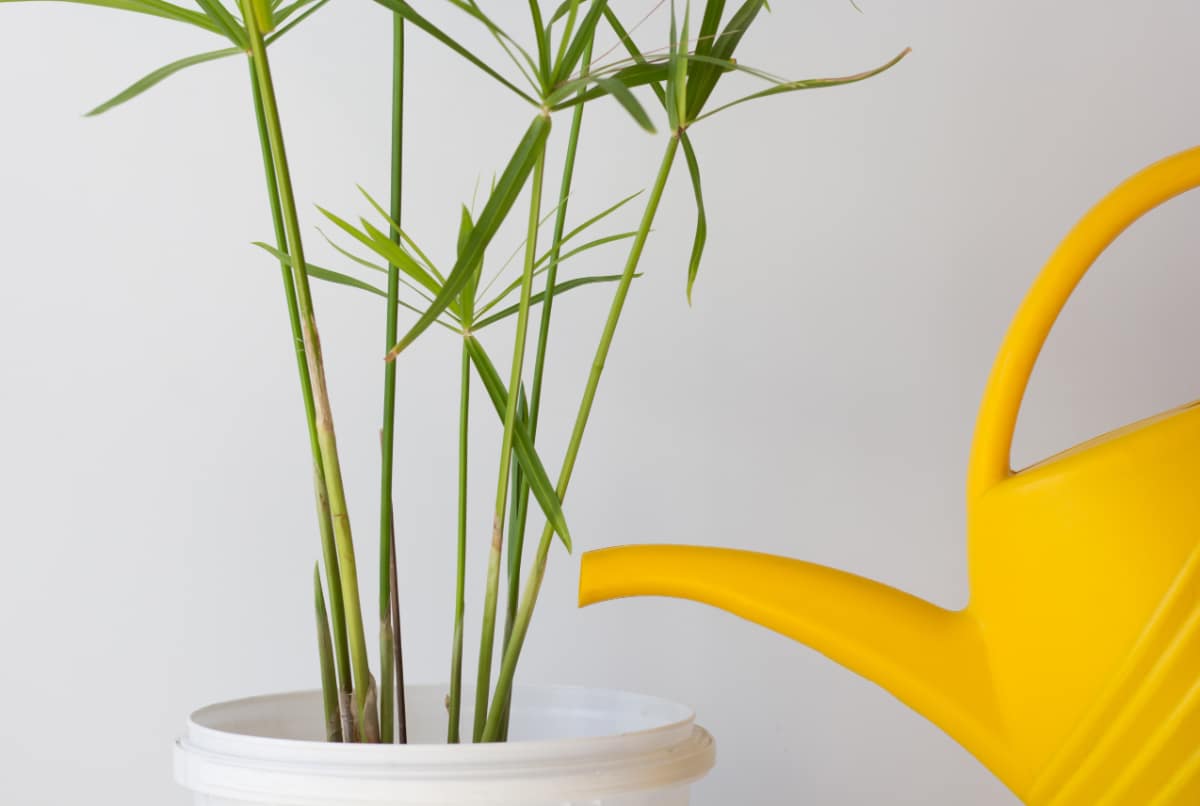
Cut the top 4 inches off a healthy stalk and put them in soil. You’ll have new roots forming in no time. This is a great plant to experiment with propagating from cutting with if you’re new to the idea.
Dumb Cane
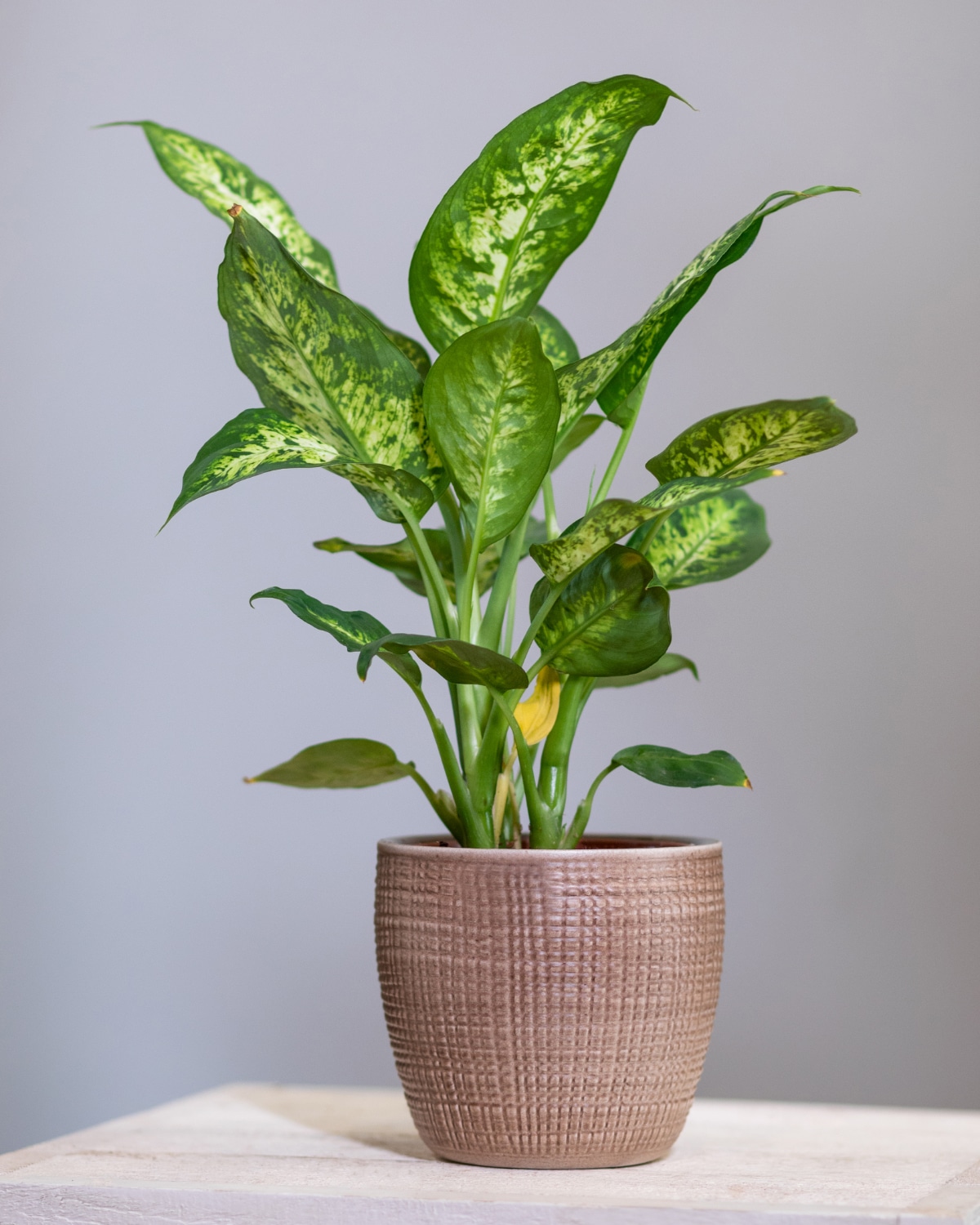
You can propagate a dumb cane cutting in soil, but it is actually a lot faster and easier to do it in water, just make sure they have a good amount of strong indirect sunlight.
Easter Cactus
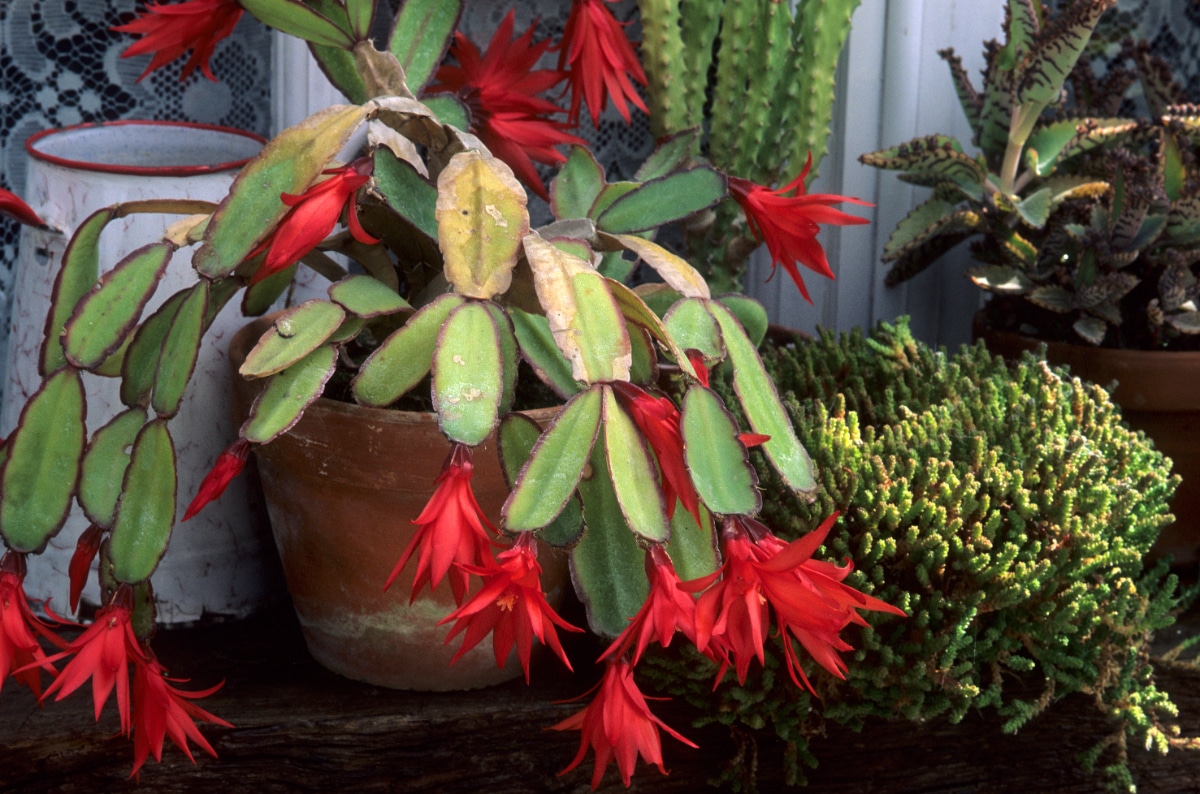
Be sure that your Easter Cactus cutting has dried out for a couple of days before you pot it, this will give it the best chance at survival. Also, take care not to overwater your cutting, this is one of the biggest mistakes people make when trying to propagate an easter cactus from a cutting.
English Ivy
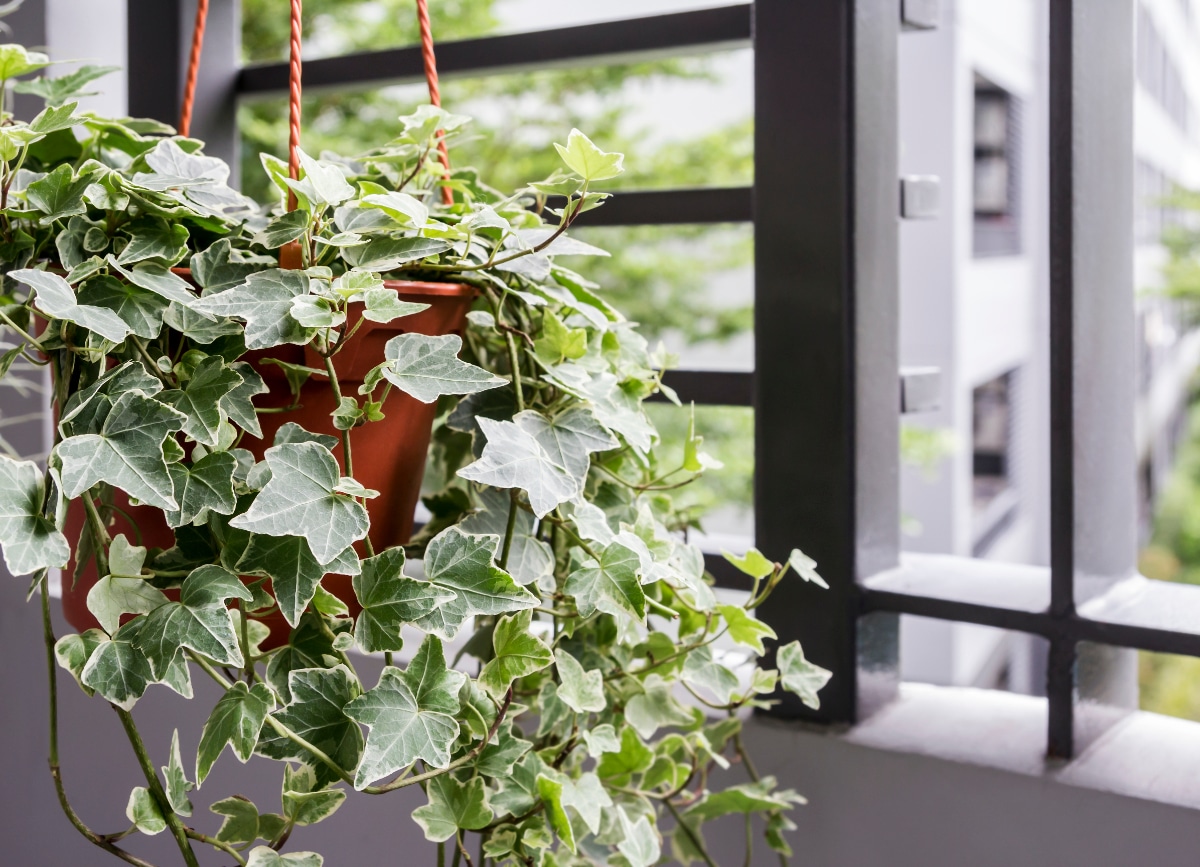
With a 4 to 5 inch long cutting of English Ivy and a little bit of rooting hormone you have yourself a new English Ivy plant going in about 6 to 8 weeks so long as they are getting strong indirect sunlight.
Epipremnum, aka Devil’s Ivy
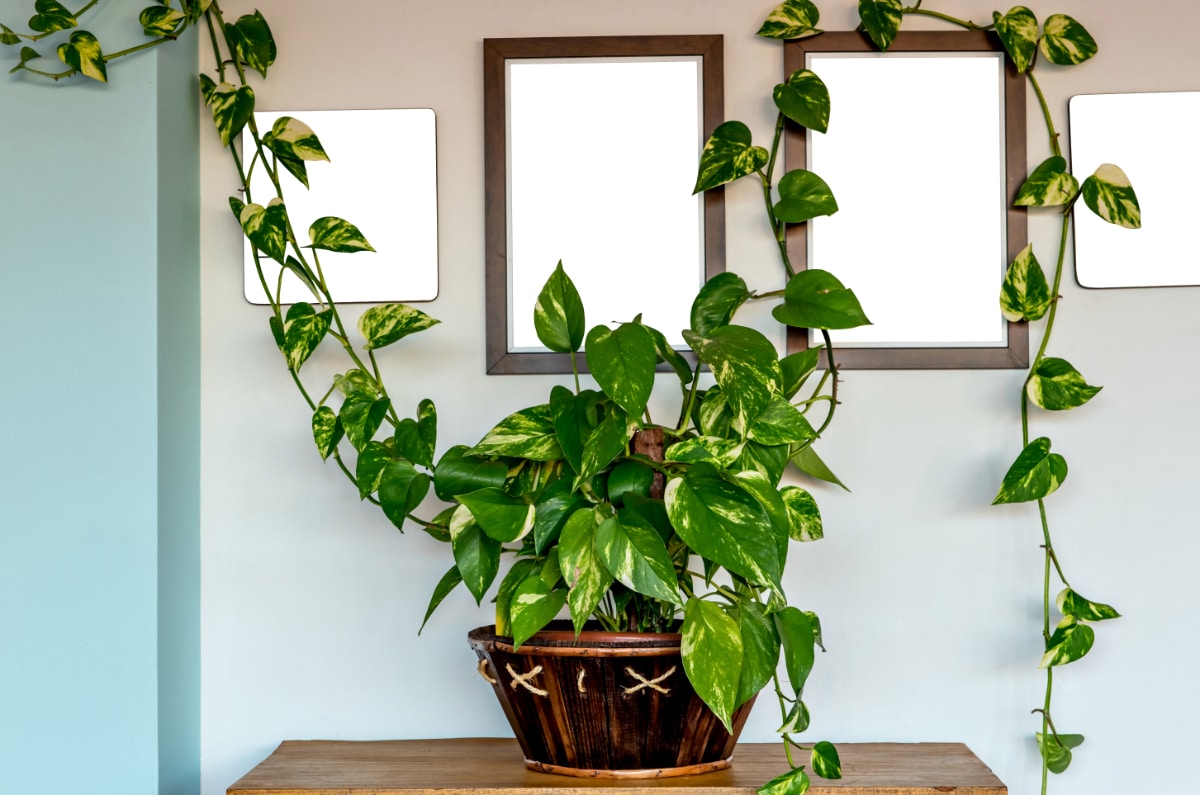
Be sure that your Devil’s Ivy cutting little bumps along the vine, these are root nodes and that is where the roots will grow from for your new plant. These are a lot of fun to propagate in water so you can watch their gorgeous roots grow.
Fiddle Leaf Fig

While you might see a lot of articles saying you can propagate a fiddle leaf fig from a leaf it is incredibly difficult and has a high failure rate. Go with a stem cutting instead! It works well.
Hoya
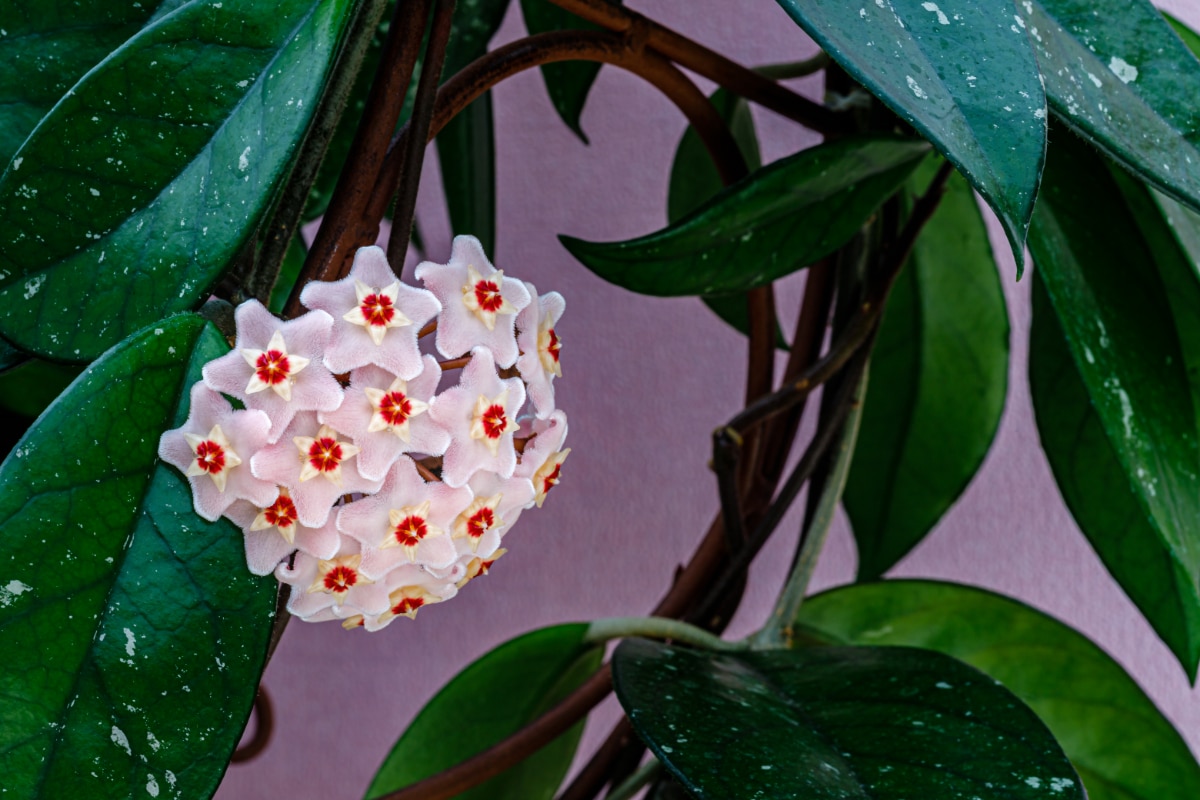
Spring and Summer are the best times to take a cutting from a hoya for propagating a new plant since that is their growing season and they’ll spend the season growing much faster than they would if you took a cutting during winter when Hoyas have gone to sleep.
Impatiens
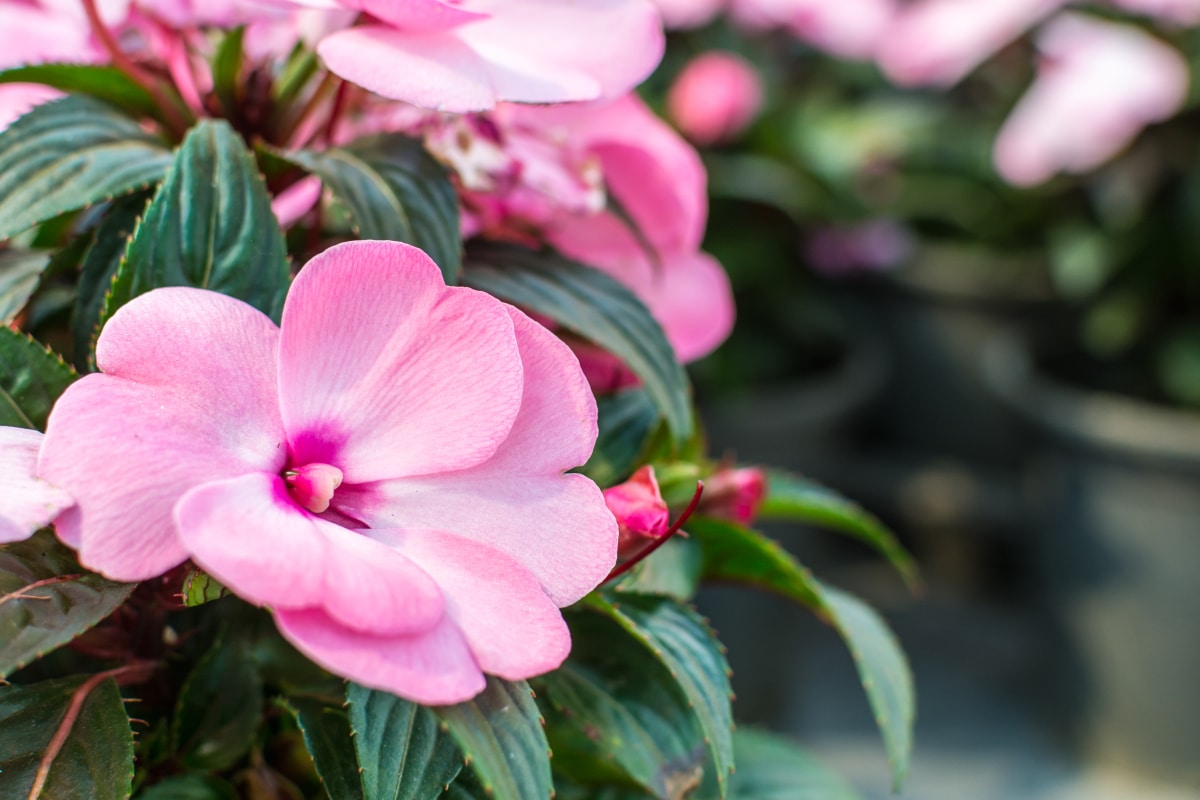
You will want a non-flowering stem to propagate your Impatiens with at least 2 leaf nodes. Make the cut right below one of the nodes.
Jade

If you want more jade plants you are in luck, they’re incredibly easy to propagate and you have a ton of options for doing it. You can propagate with a stem cutting or even just a fallen leaf. You can use soil, moist sand, and water. Just remember to take care. Propagating jade is extremely addictive and it won’t be long before your house is filled with jade.
Jewel Orchid
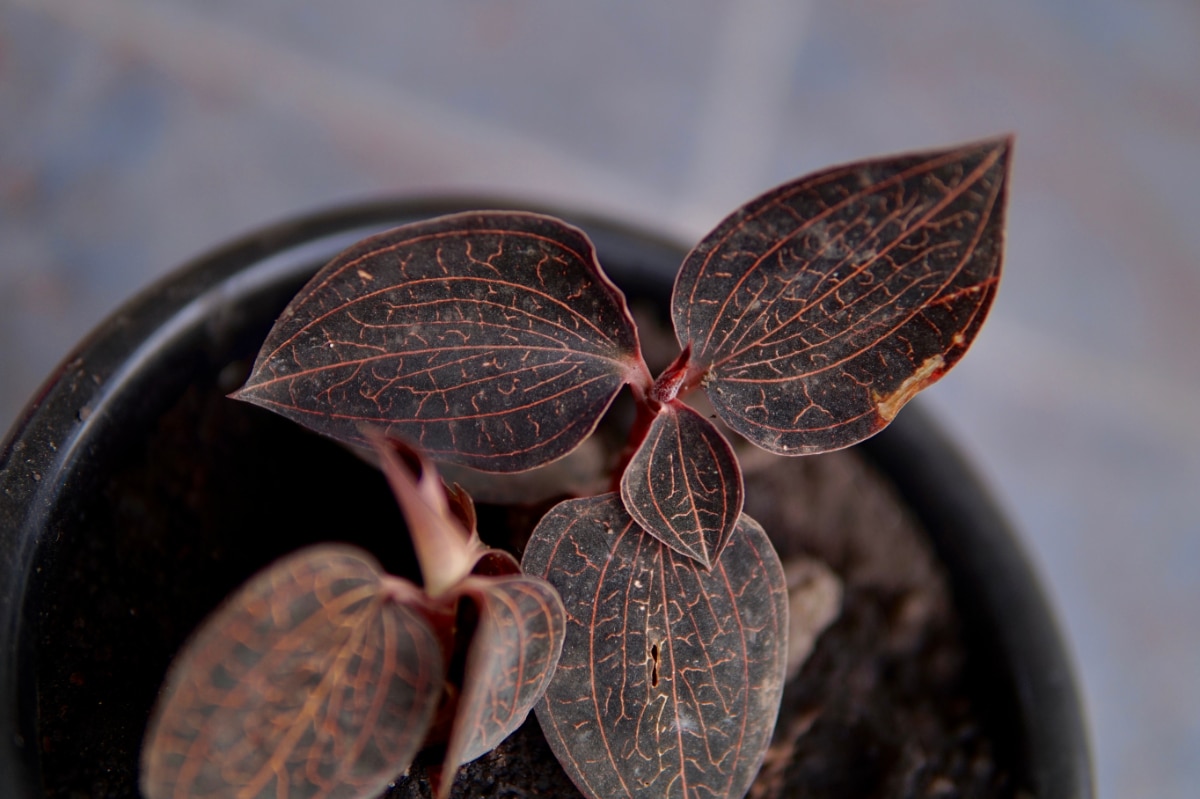
Jewel Orchid plants are notorious for brittle stems that fall off easily. So if you have a stem fall off consider propagating it rather than just throwing it away.
Lipstick Plants
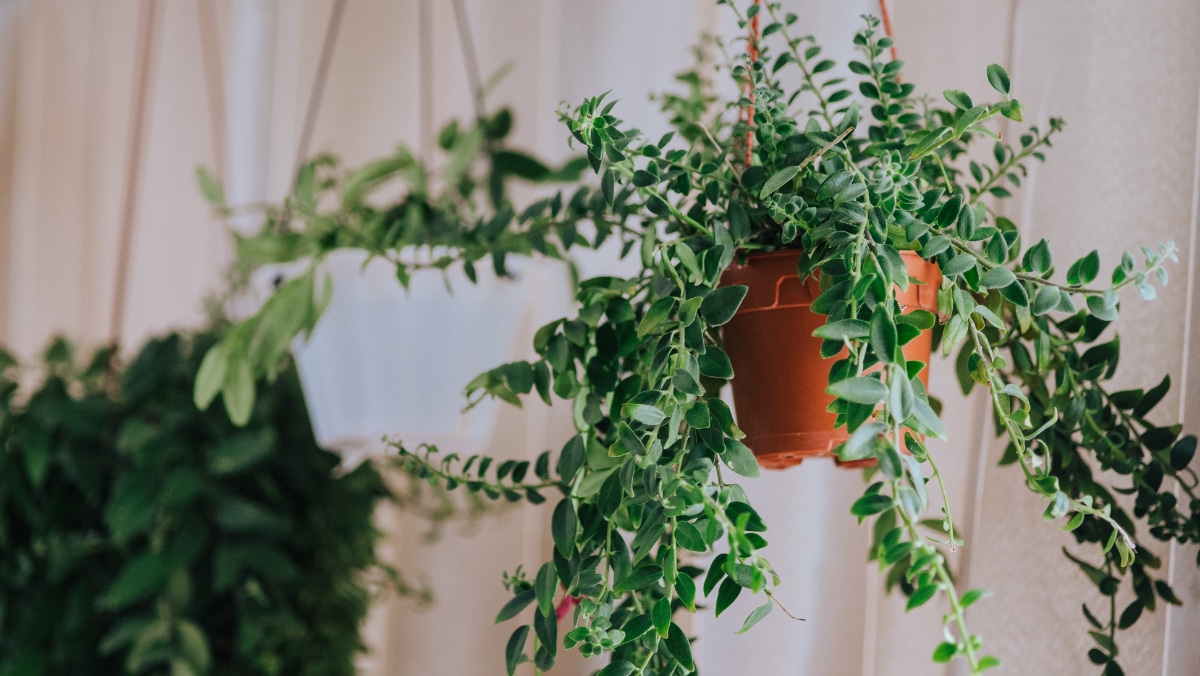
You can propagate lipstick plants from just a single leaf, but it takes so long to do it that I’m not sure why anyone would bother. Just grow it from a stem cutting and you will have a much easier time getting a new plant going.
Monstera Adansonii
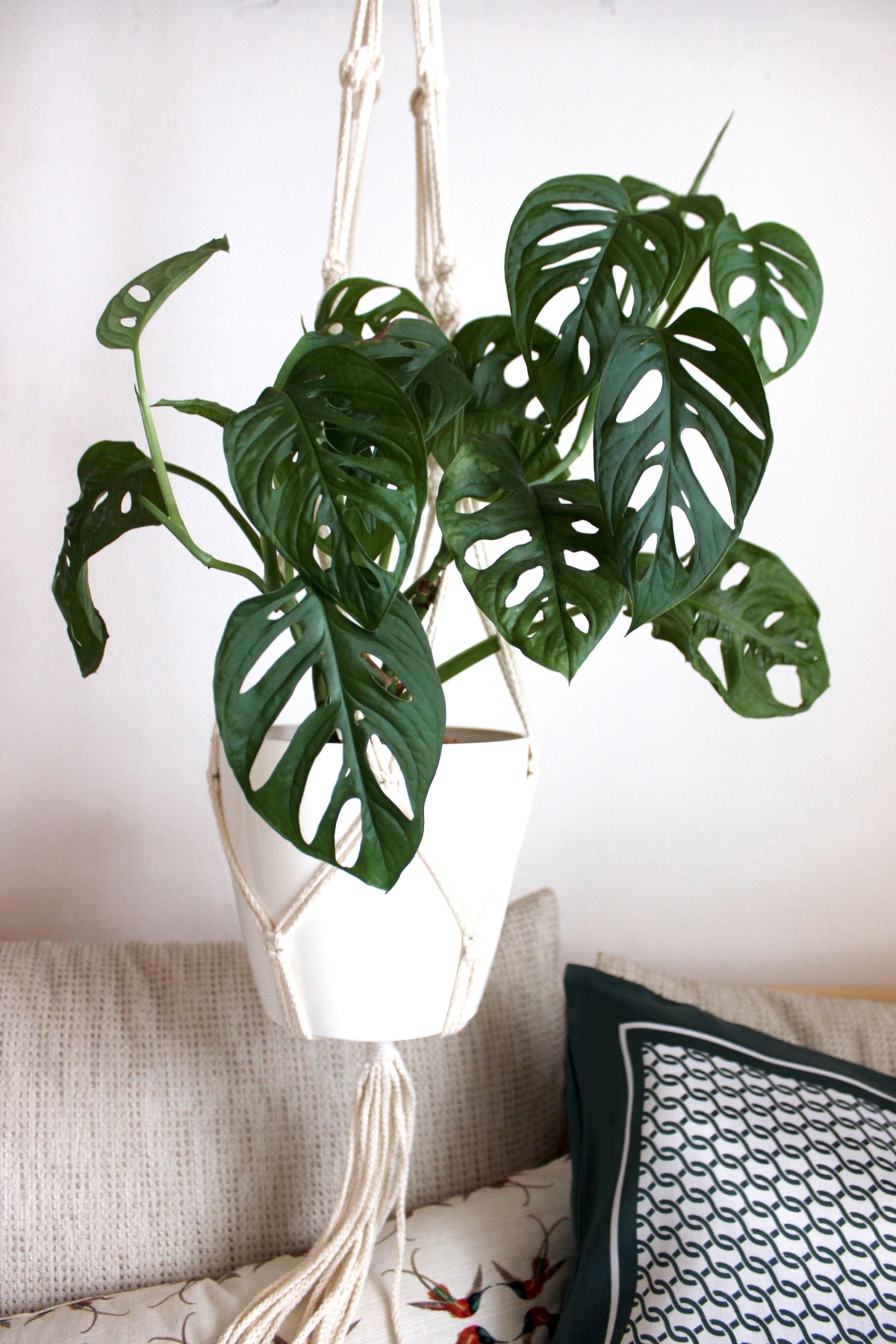
Monstera Adansonii might just be the easiest plant to propagate from cutting. They form roots incredibly well and the new plants you make will be thriving in no time.
Monstera Deliciosa
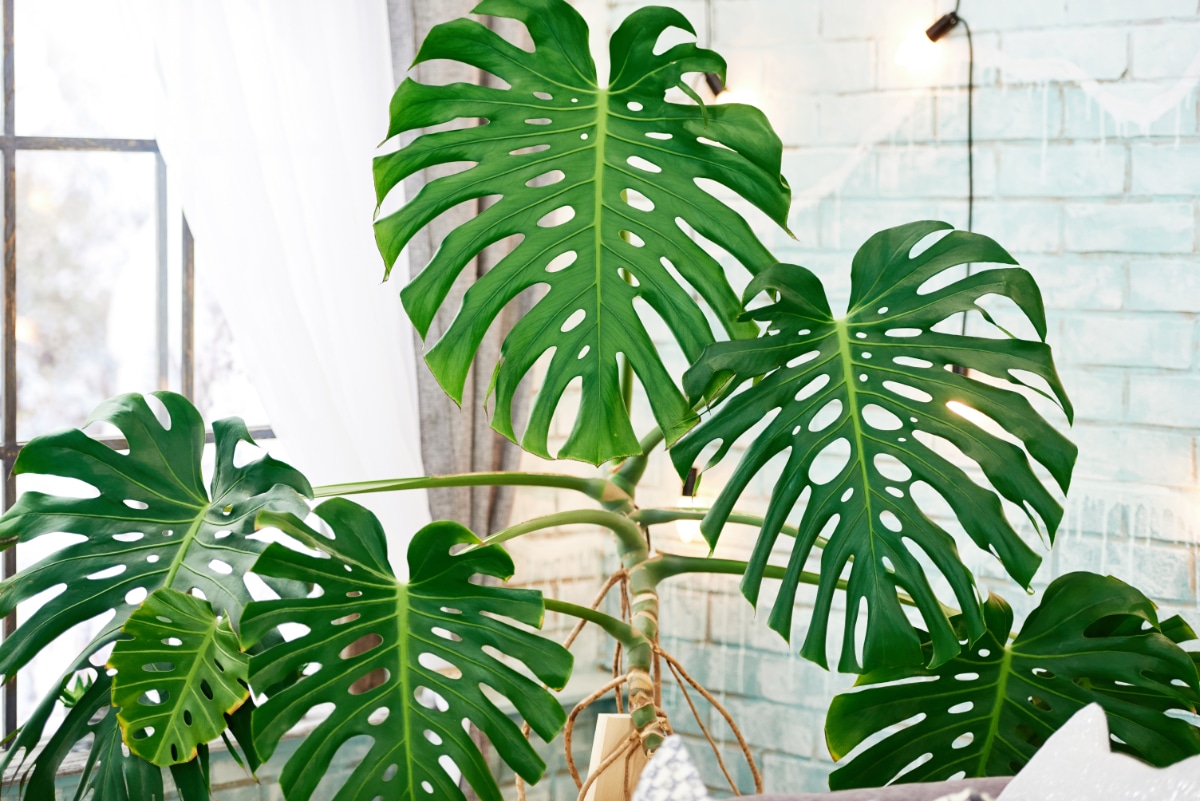
If you take a cutting that has fenestration, the holes and tears that give monstera its amazing unique look, then usually your very first new leaf on your new plant will have fenestration too. This doesn’t always happen, but more often than not this is true.
Pink Princess Philodendron
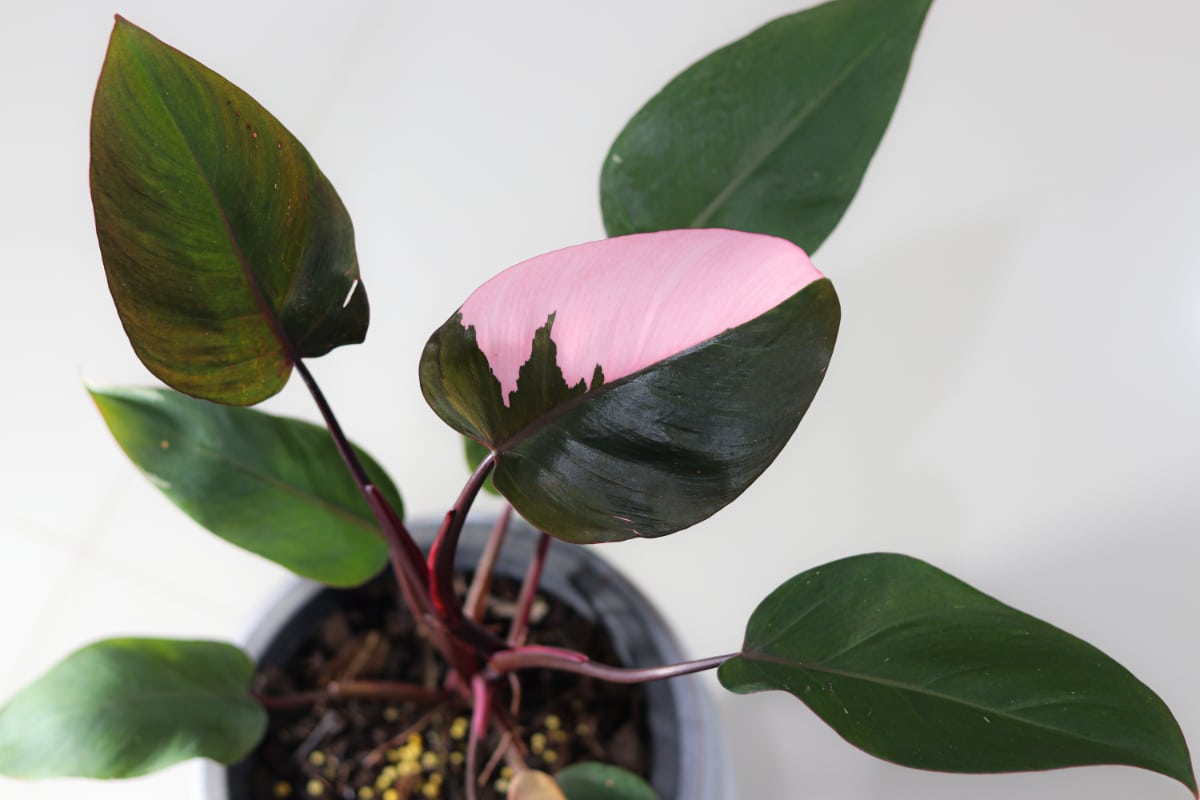
If your pink princess isn’t looking very pink anymore then it might time to take a cutting and get a new plant going. I like propagating them in water so I can watch the roots grow.
Pothos

If you decide to propagate a pothos cutting in water be sure and leave it in water for the rest of its life. It won’t do well making the move to soil. The same goes the other direction as well, if you put your plant in soil to propagate it won’t survive living in just water. So make sure you know what you want to do when you take that cutting, you’ll be stuck with that decision…at least until you make another cutting.
Rubber Tree
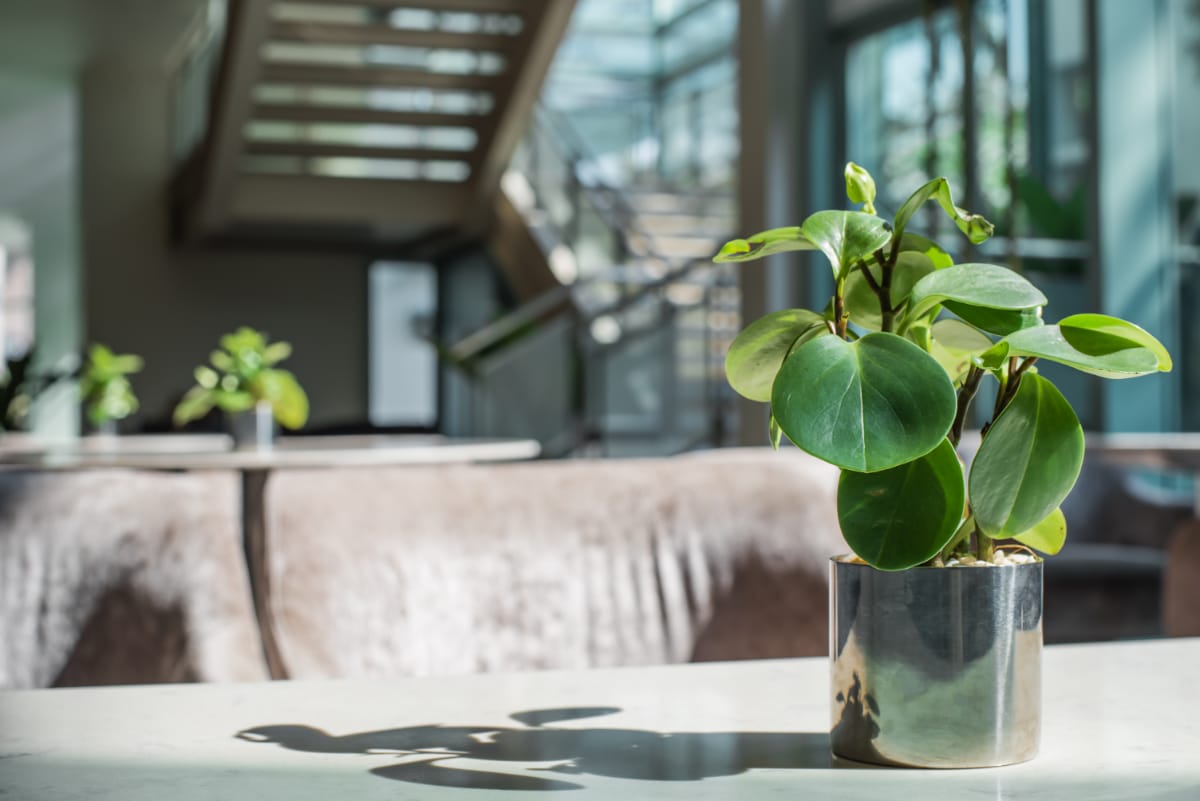
You have to make sure your cutting includes a bud if you ever want a plant to grow from your cutting. Roots will grow if your cutting doesn’t include it, but you will never get more leaves.
Star Jasmine
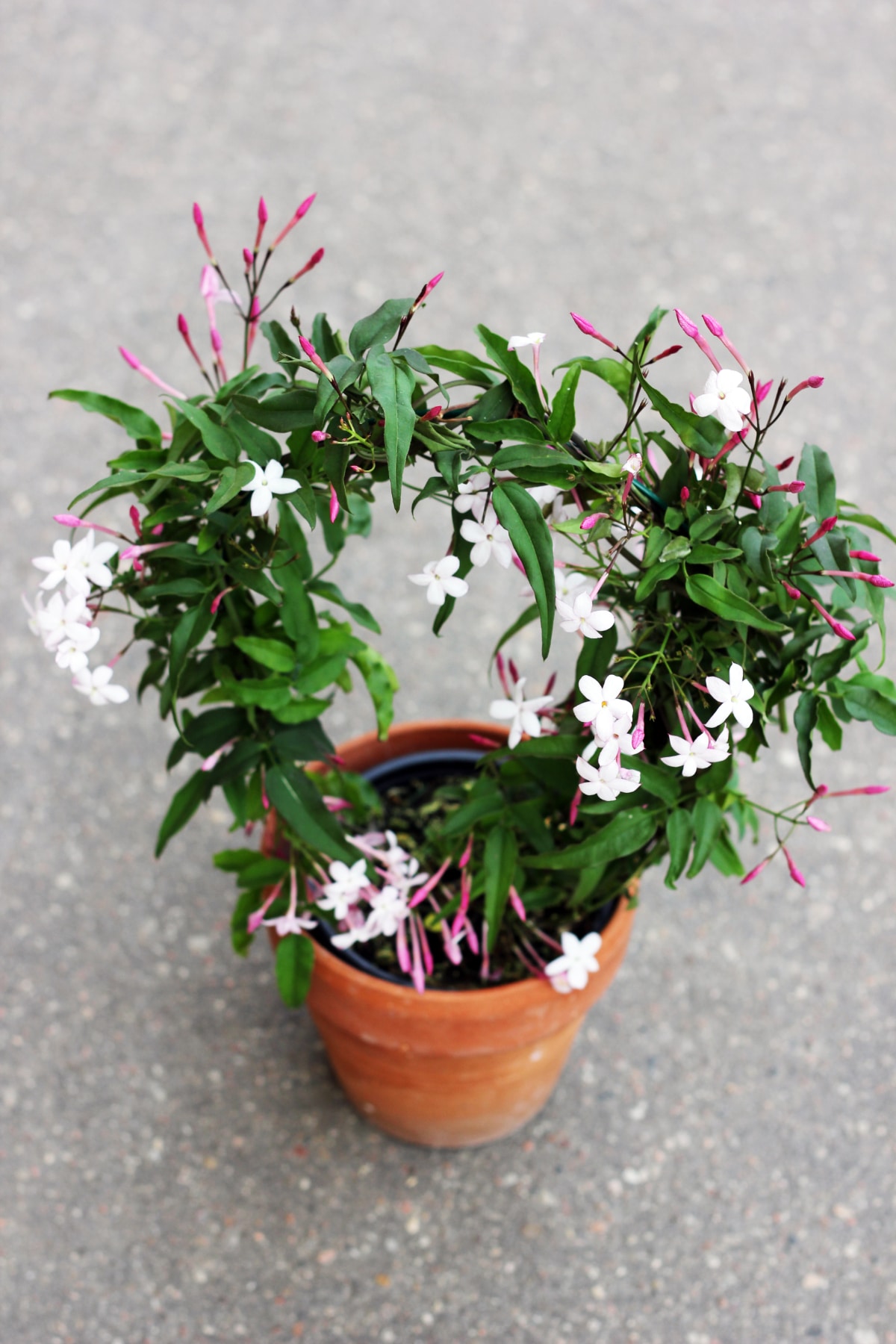
Star Jasmine is a little bit more difficult than most plants on this list. You have to make sure you take the cutting from the semi-hardwood parts of the stem and you should do the cutting in Summer ideally. Then to root the cutting put it in a sheltered spot in a mix of perlite and peat moss. With luck, you’ll have a new Star Jasmine plant in no time.
String of Pearls
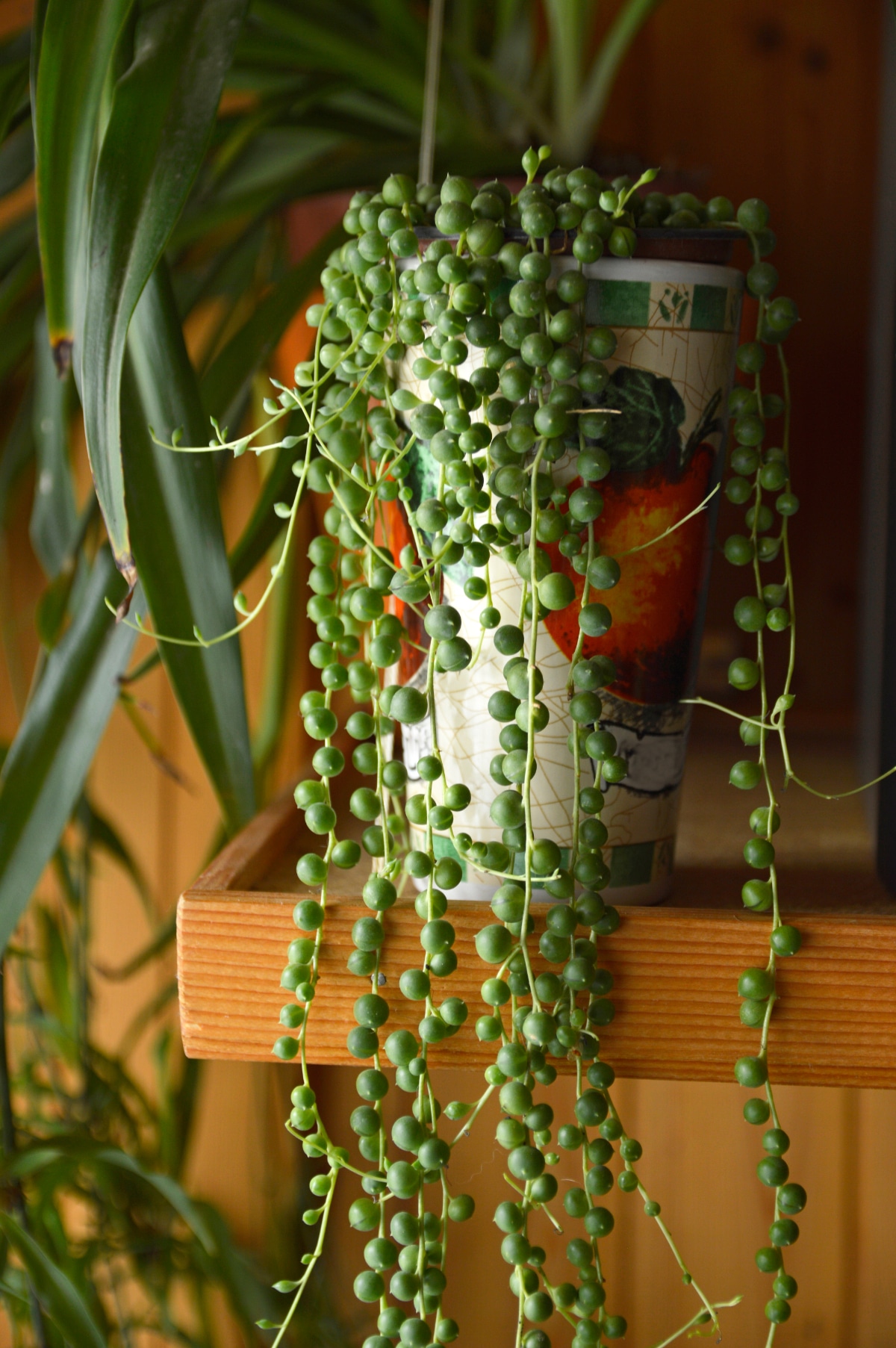
The String of plants, including String of Pearls, String of Hearts, String of Bananas, and String of Dolphins all propagate from cutting fairly easily. With a 4-inch strand you can either place the cut end in soil or you can coil the cutting on the surface. It will take a few months for roots to grow through, so be patient and keep it well fed and watered.
Swedish Ivy
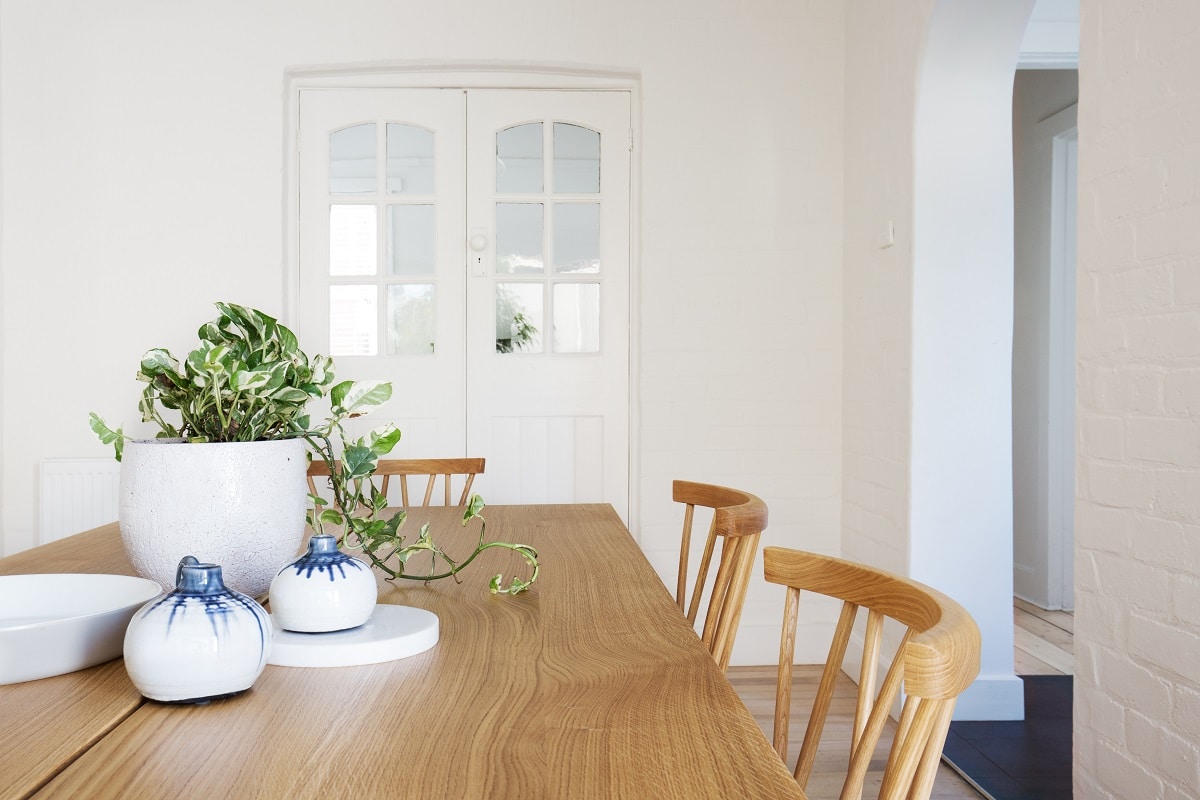
Wait until after your Swedish Ivy has bloomed to take a cutting of the stem tips. If you put a healthy cutting in damp soil you’ll find it is one of the easiest plants there is to propagate.
Tradescantia
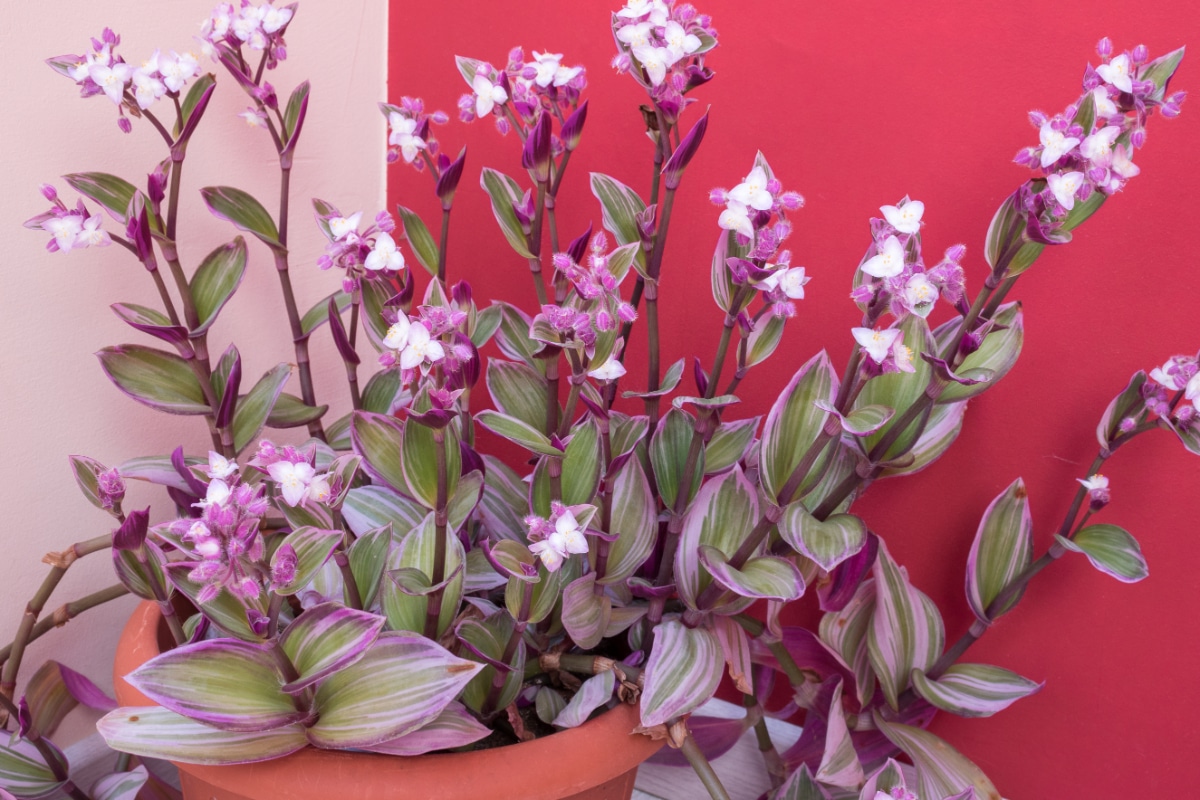
Propagating Tradescantia in water is so beautiful you might not ever want to plant it in soil, I know I don’t. The amazing tricolor of the plant is best seen in a vase of water.
Verbena
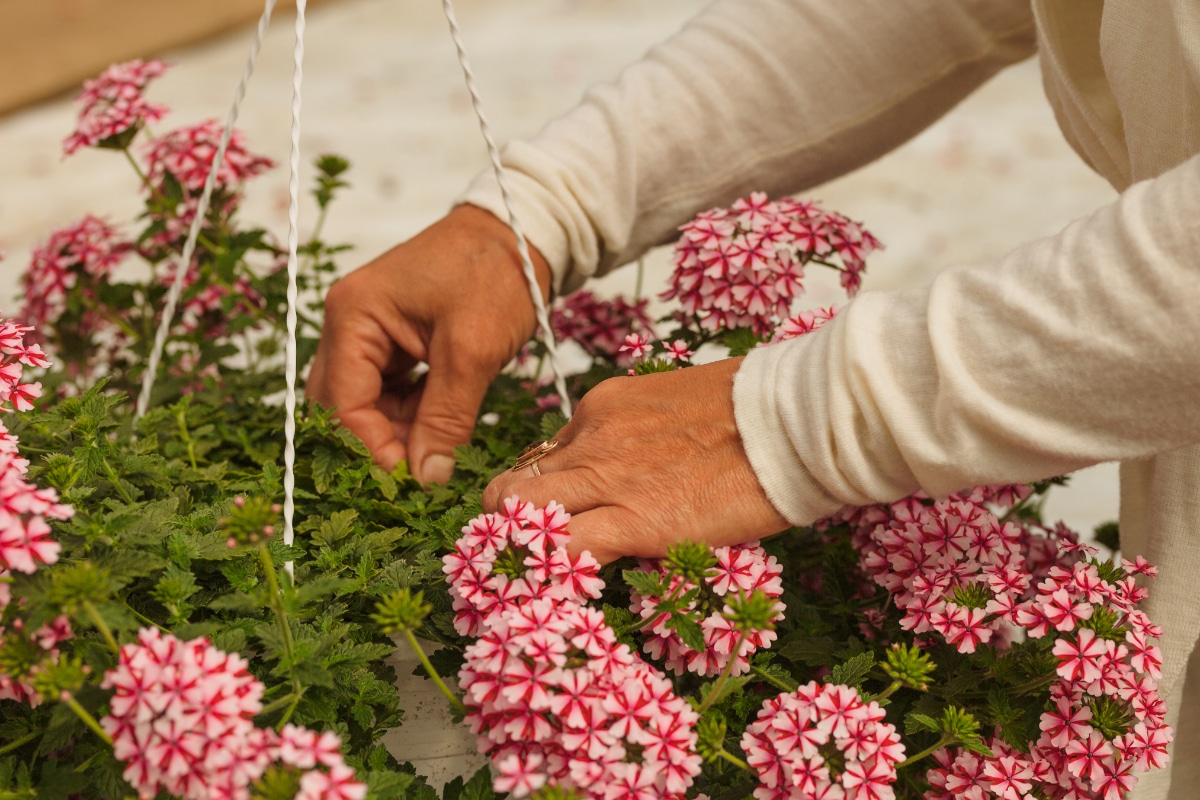
Be sure to take your Verbena cutting on a summer morning when the shoots are at their firmest. This will be when your cutting is at its healthiest and has the best chance of surviving getting rooted and forming a new plant.
Wandering Jew aka Inch Plant

Take a cutting 3-4 inches long and place it in water. In a week you should start seeing roots form. Wait another week after that before putting it in soil.
Yucca

Yuccas are amazing, you can cut them completely in half with one being just the base of the plant and the roots and it will regrow. Then you can get a second plant from the top part you removed. Yucca root is best if you let the cutting dry out in a shady place for a few days. This will encourage better rooting when you put it in potting soil. Then keep it in indirect light.
Zamioculcas Zamiifolia (ZZ Plant)

Be sure to use a sanitized knife when you make the cut on your ZZ plant. They can be especially sensitive since you are cutting into the base of the plant. Have a lot of patience when you’re starting a new ZZ plant too, it can take months of growing in water before it is ready to be potted up.
Zig Zag Cactus

The Zig Zag Cactus is absolutely one of the easiest cactus plants to propagate and a ton of fun. Anyone who has one can attest to this. It won’t be long before you’re giving cuttings to your friends, family, and just leaving them on the side of the road with a free sign on them.
Leaf Cutting
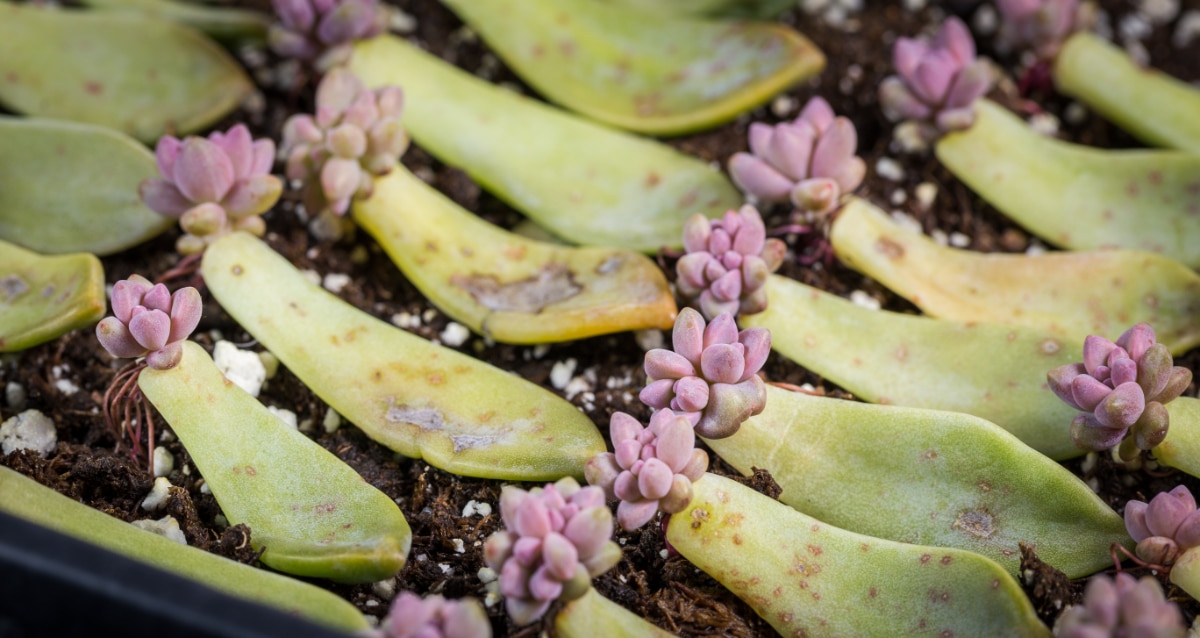
There are some houseplants you can propagate with just a single leaf. There aren’t many plants that can do this, though I think a lot of us have tried it as children. There’s also something strange about propagating from leaf cuttings. Like it almost feels illegal. I assure you though it is not illegal and the plant police won’t come after you. It is a lot of fun to see a whole plant spring into being from just one leaf.
African Violet
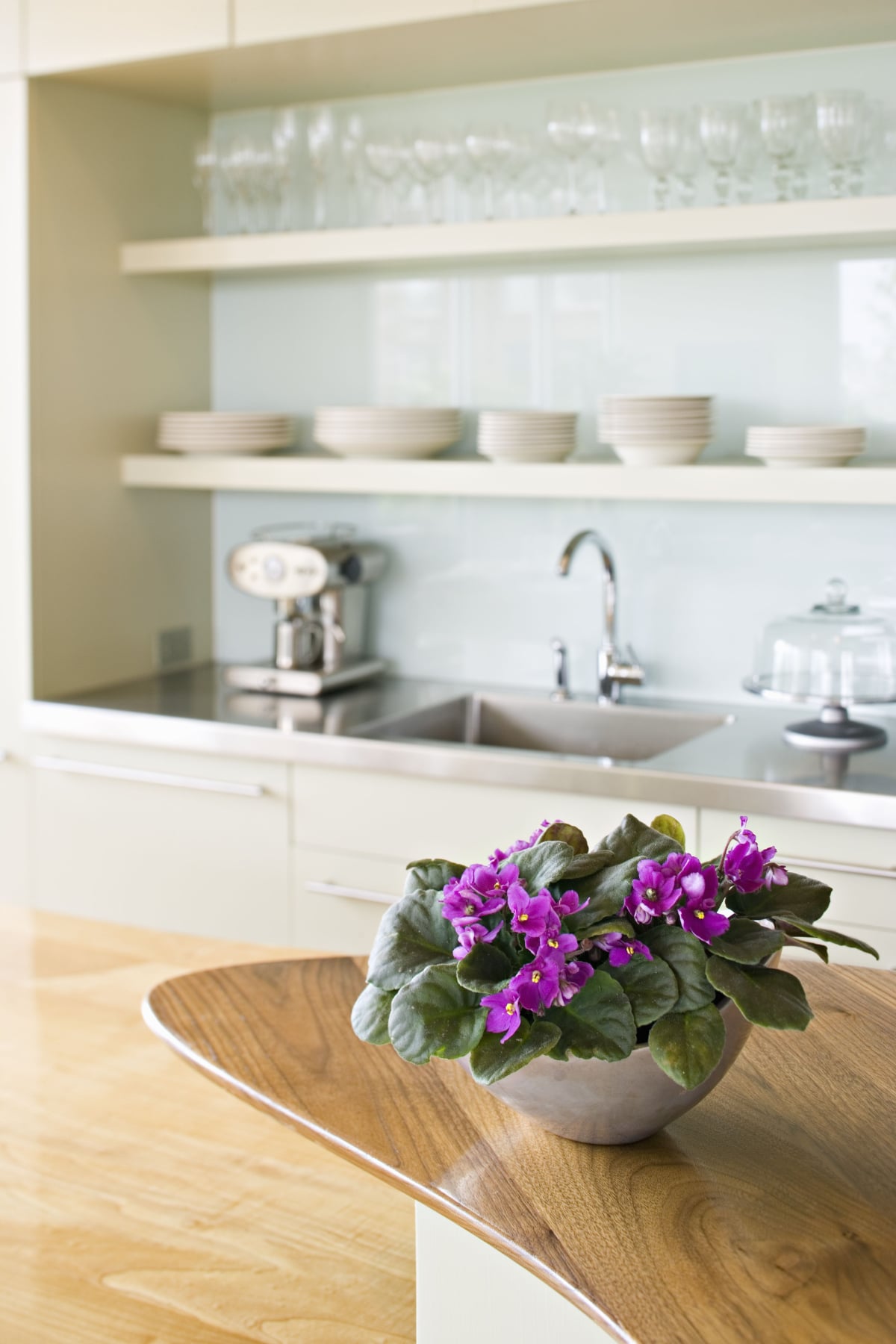
Growing African Violets from seed is possible, but it is a fussy process that takes a lot of time. That’s why growing from leaf-cutting is the most popular method used by houseplant parents. Just don’t forget to dip the tip in rooting hormone to give it a hand.
Begonia
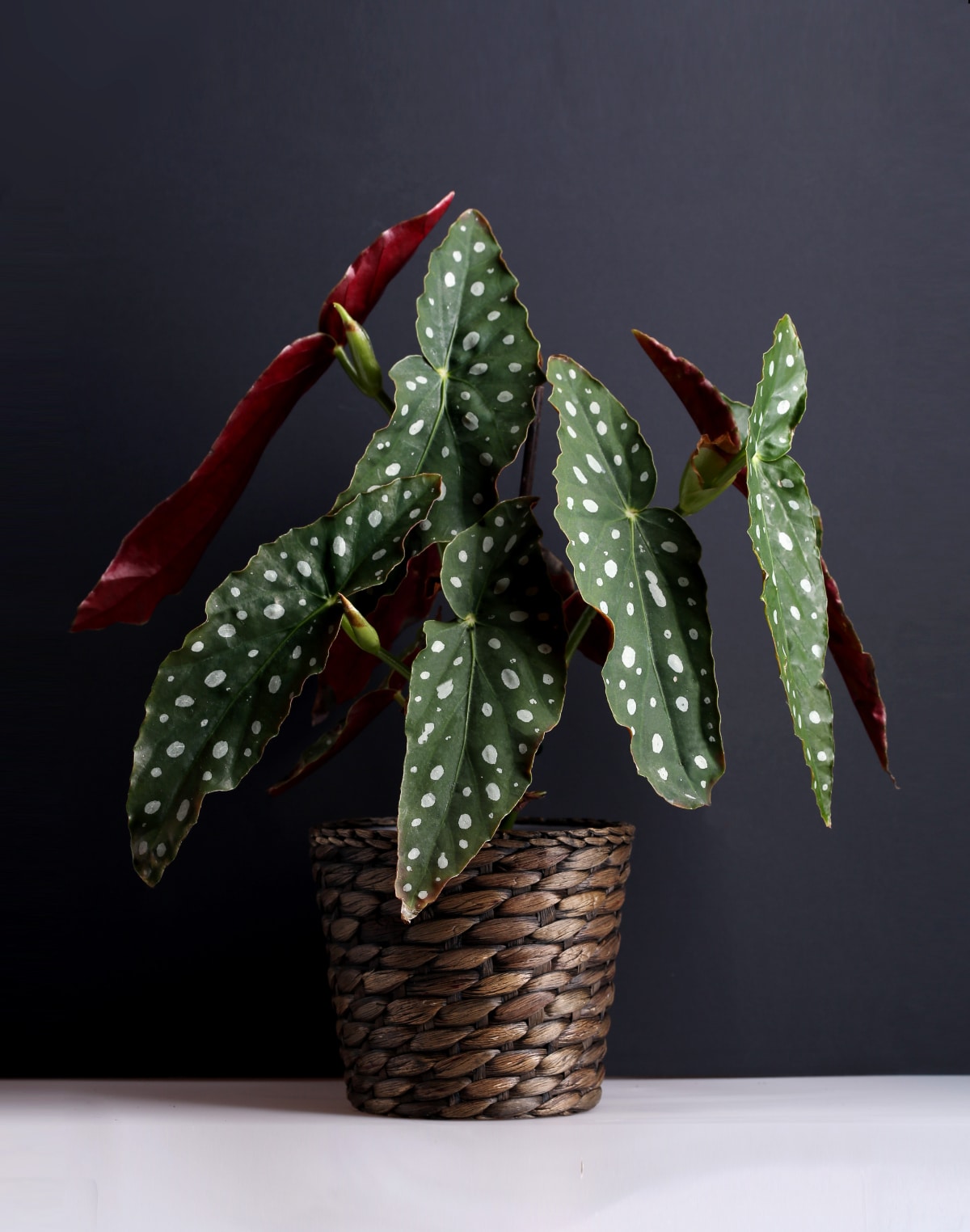
Begonias can actually be propagated a few different ways; cutting off the tips, separating the rhizome, or my favorite…leaf cutting. They have this amazing ability to form new plants from the veins of their leaves and it seems like magic.
Echeveria

Growing a new echeveria is as simple as cutting off a leaf and placing the cut side in soil and watering. It will take root quite easily and from there the plant will continue to grow.
Haworthia
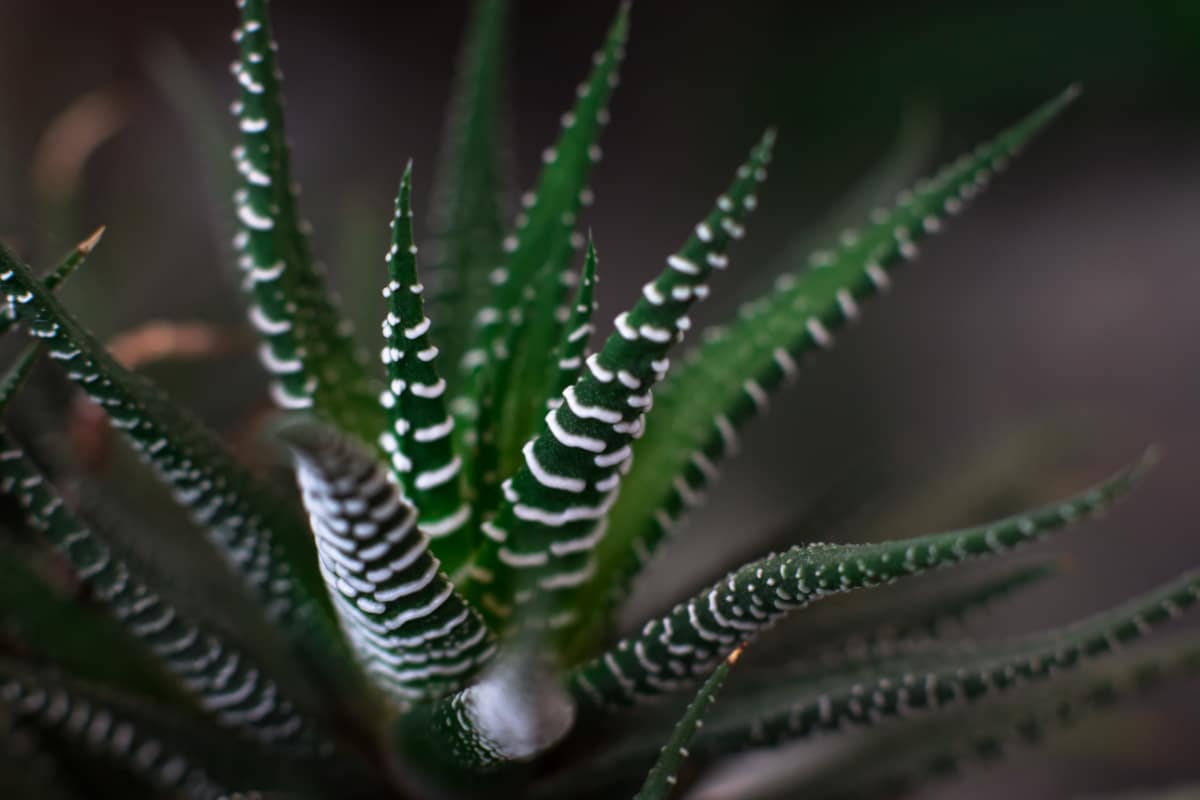
Haworthia are one of the more difficult succulents to propagate from a cutting. In fact it has a pretty high rate of failure even for seasoned professionals. The Haworthia varieties with rounder, thicker leaves have the best chance for success.
Snake Plant
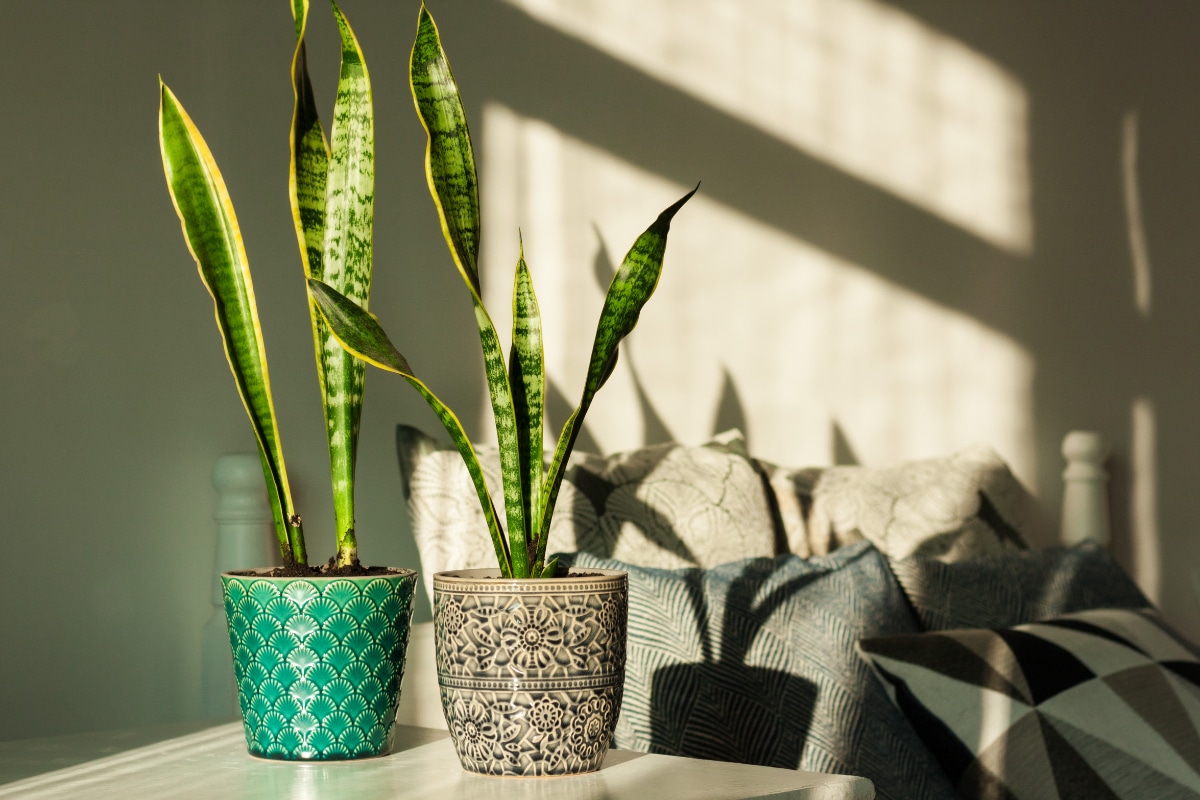
A single leaf from a snake plant can become several different plants just by cutting the leaf up into several pieces, putting them in soil, and waiting.
Side Shoots
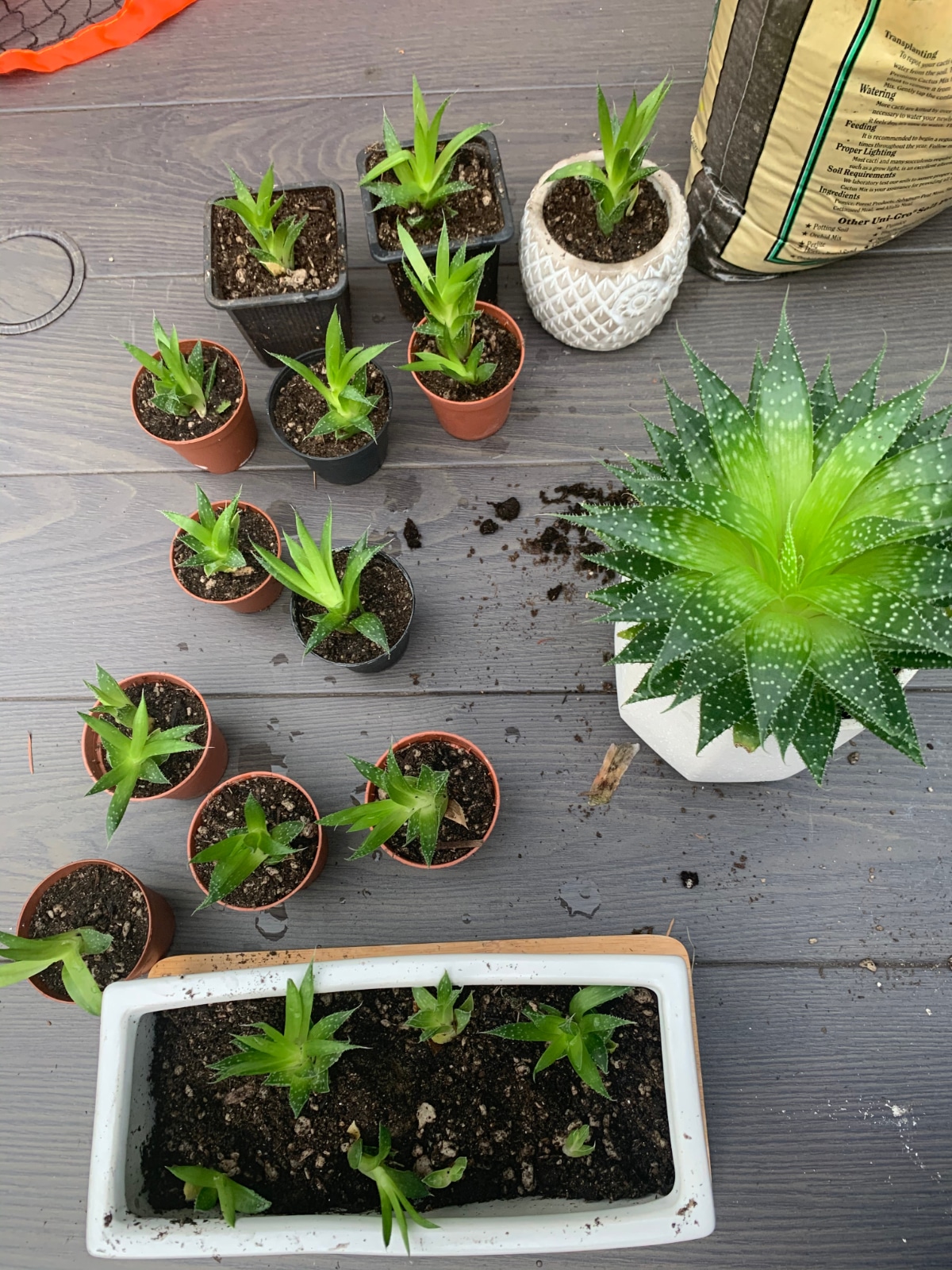
Side shoot is the more technical term for a baby plant, which is often called a pup in the houseplant world. On the surface, it might look like these are brand new plants, but in fact, they are attached to the mother plant. Thankfully for us, they can easily be cut away from the parent plant and turned into a fully-fledged plant all their own. This job is a little bit messy since you have to dig around in the dirt so be sure to protect your surroundings or do it outside.
Air Plants
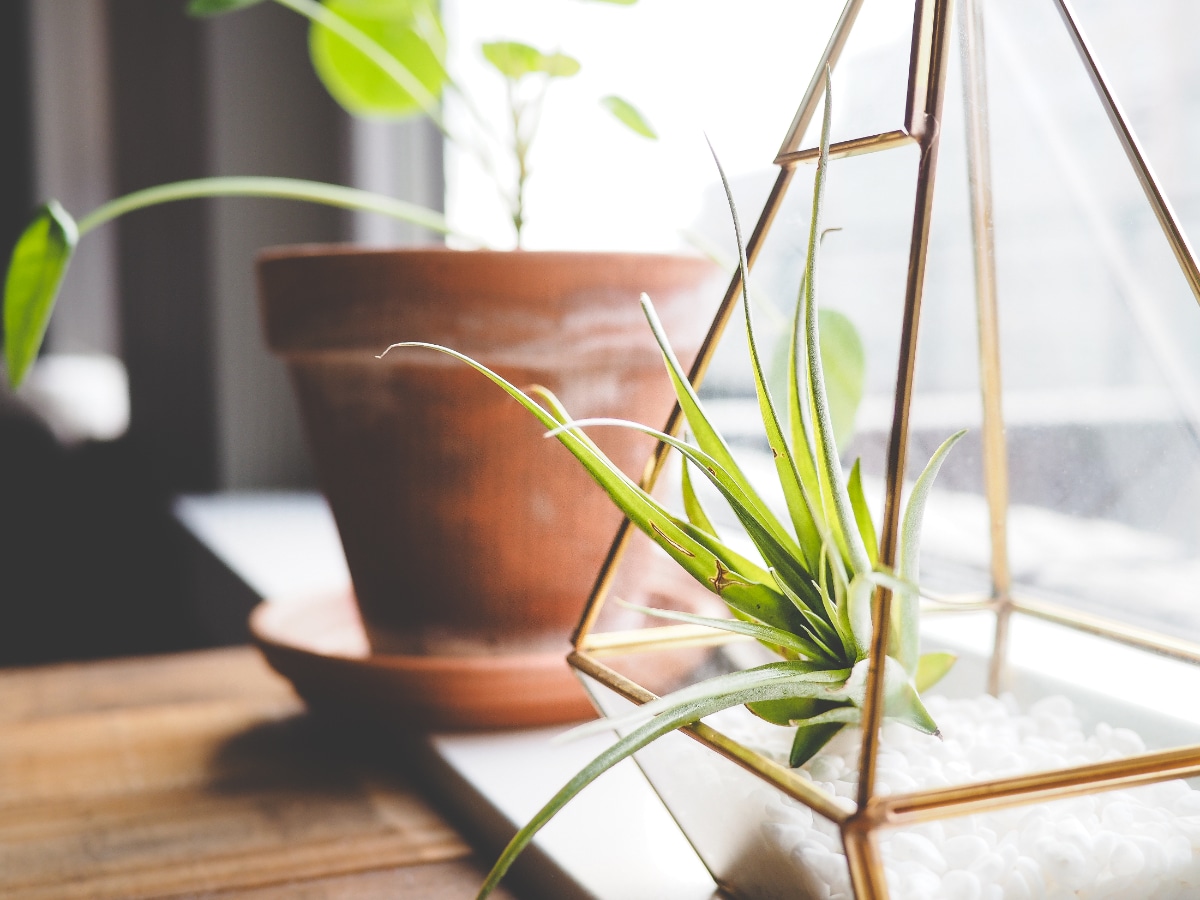
After your air plant has bloomed you’ll see anywhere between 1 and 3 pups come into being. You can leave them attached if you want and it will become a cluster, or you can separate the pups and get new plants.
Aloe
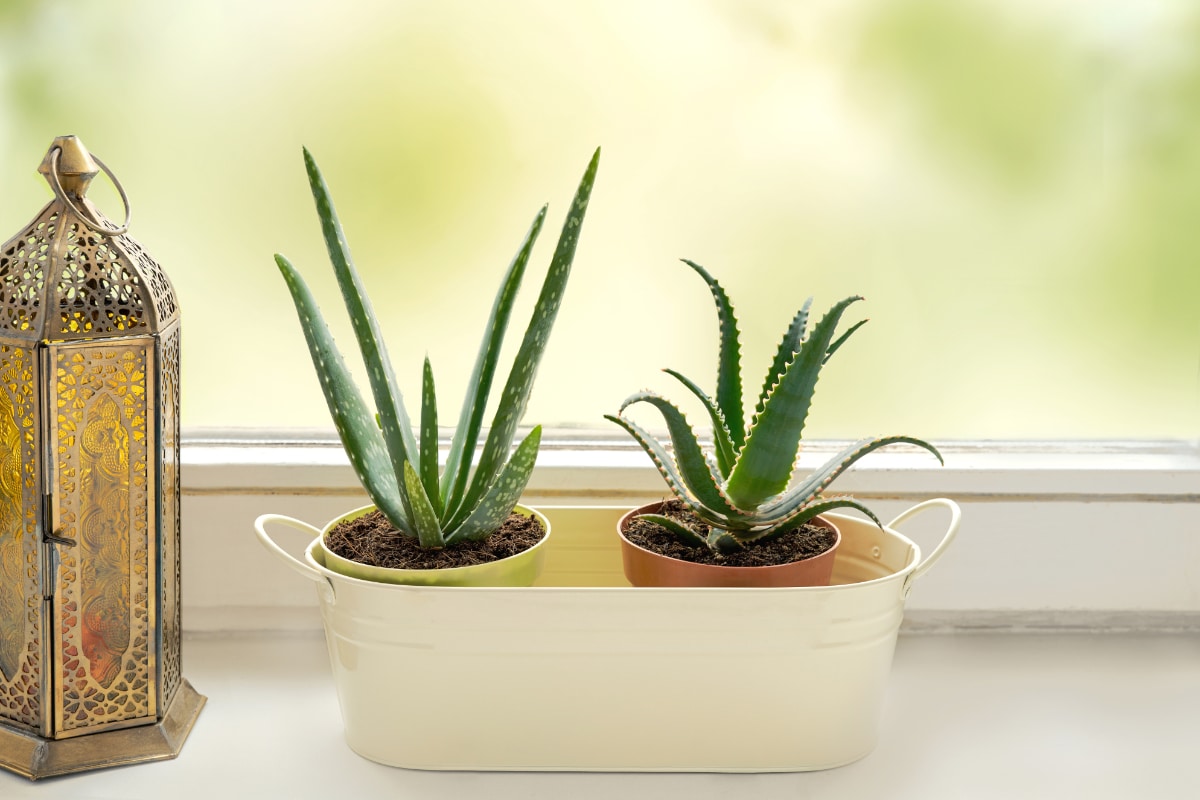
I’m not sure there is anything more exciting for an Aloe parent than seeing their baby have babies. Wait until the side shoots have a bit of size to them before you dig them up for best results.
Dwarf Banana
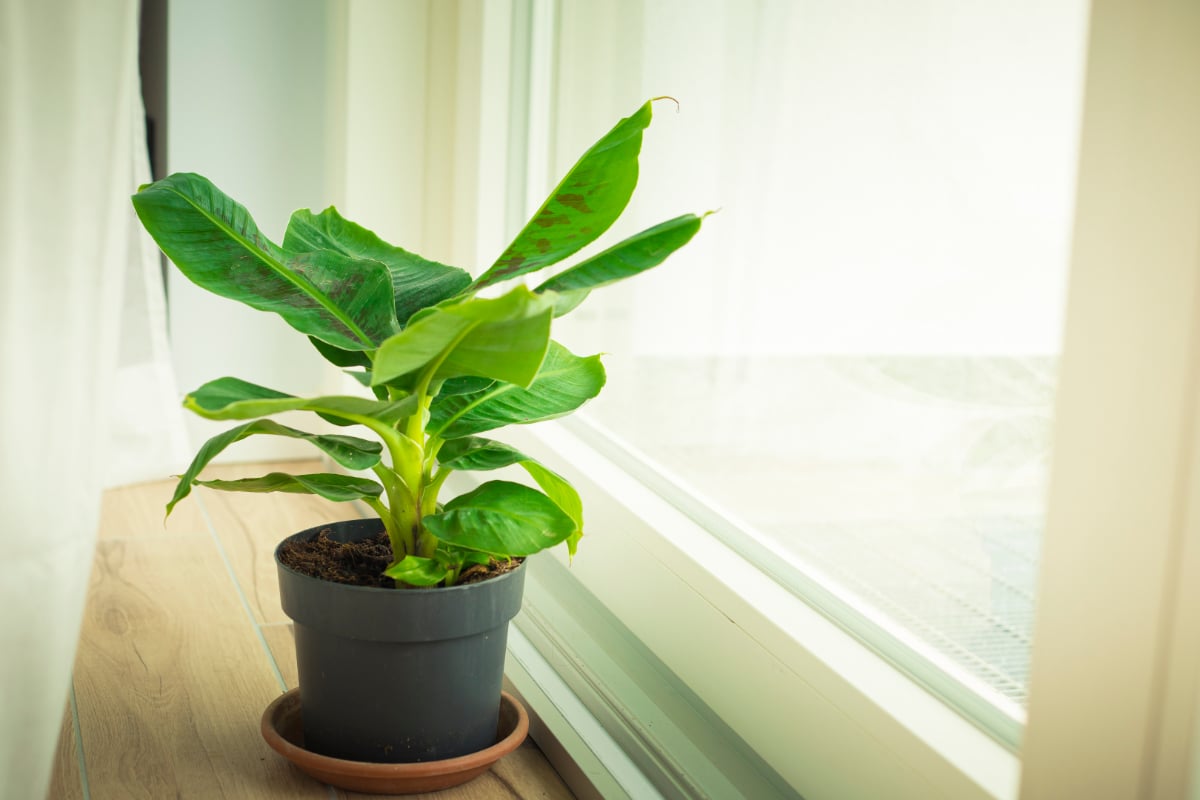
Your new baby dwarf banana plant might look a little rough for a couple of weeks after you separate her from her mother but don’t worry, she’ll spring back to health in no time!
Pink Quill Plant

When your pink quill plant pups are at least 3 inches long they’re ready to be cut from the mother and moved into a porous medium. Or you can simply leave the pups attached but keep in mind that the mother plant will die. Personally, I’d remove the pups just for the aesthetics.
Urn Plant
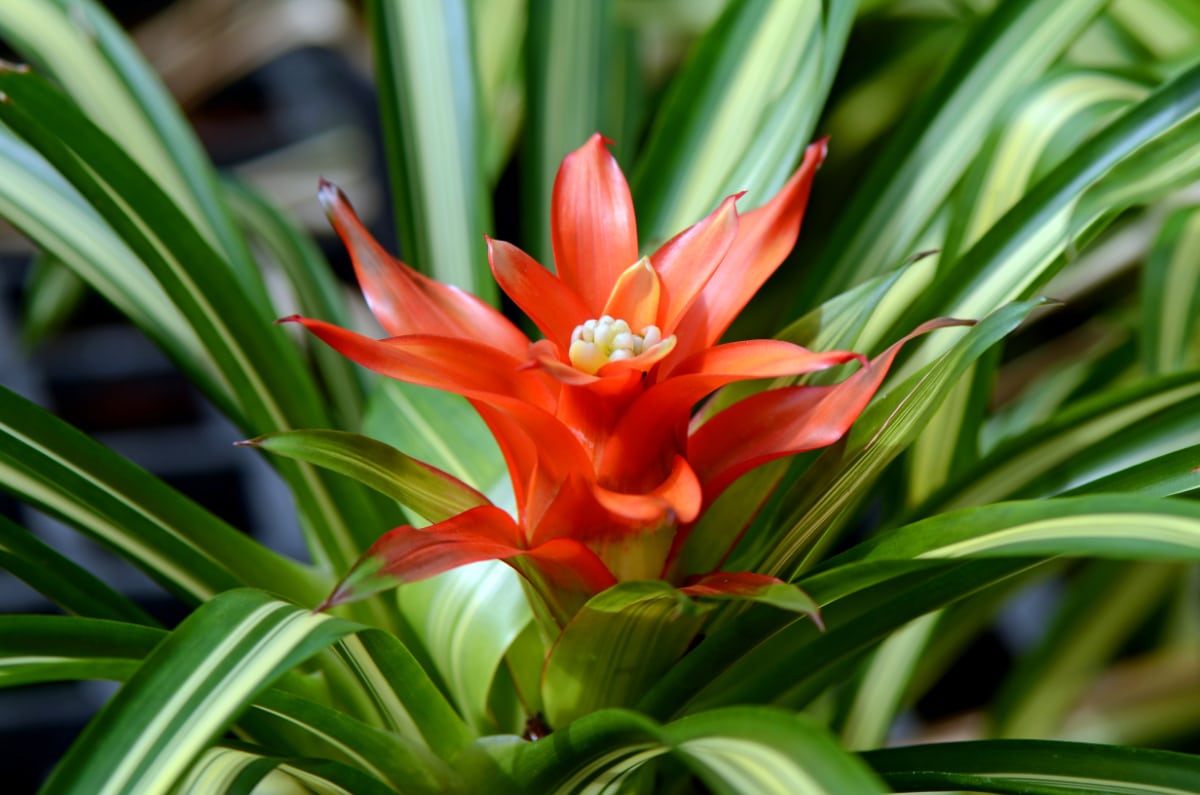
After your urn plant has flowered you can expect a few pups to pop up. Wait until these pups are about 6 inches tall and 5 months old before you separate them from their mothers.
Plantlets

There are a few houseplants that will grow their babies further away from the plant, out towards the tips where they aren’t in the soil at all. These little guys are called plantlets and you can get a whole new plant by cutting them off and putting them in the soil to root. I prefer these overside shoots simply because it isn’t messy and plantlets take root incredibly easily. In fact, some plants will have roots already starting when you take the cutting.
Moth Orchid
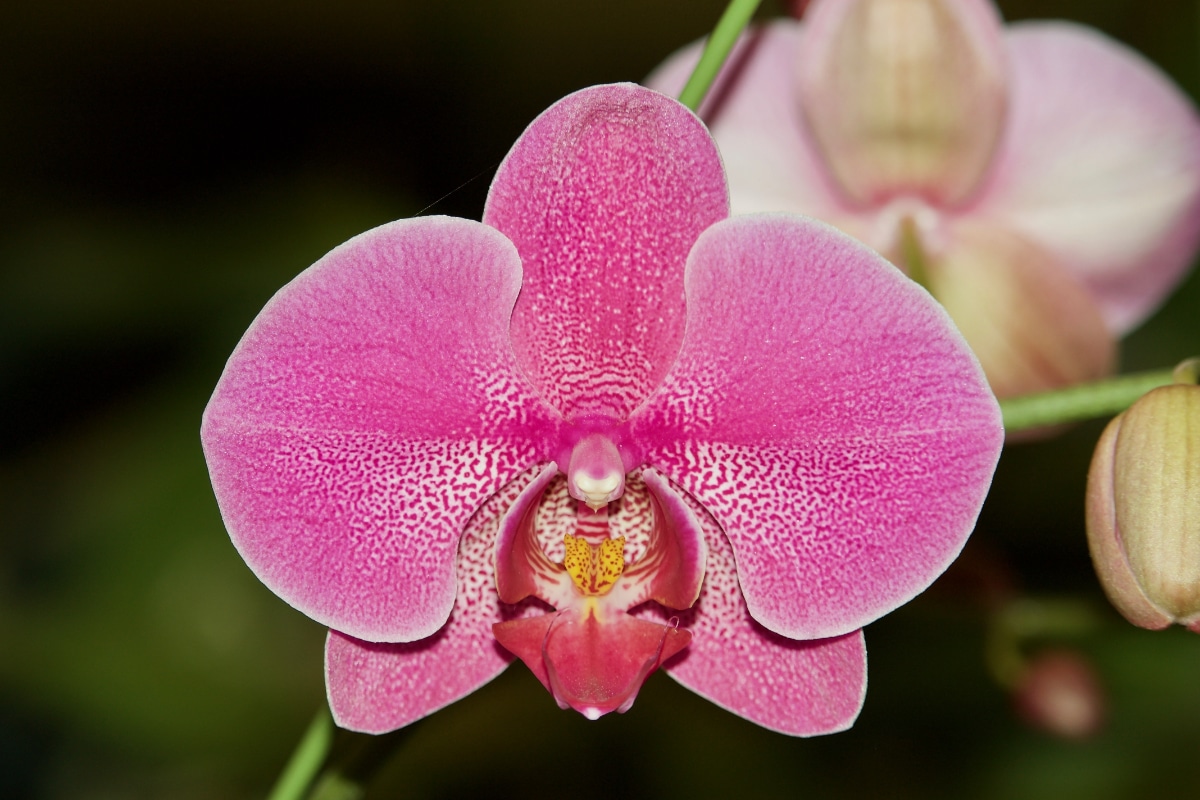
The moth orchid will grow plantlets, which are called keikies along the stem and spike. These can be removed and turned into another moth orchid plant. This plant is easy to grow and great for beginners.
Pilea Peperomiodes

If you want your Pilea Peperomiodes to form plantlets then you need to make sure it’s in a pot with plenty of space in it. If your plant is healthy it will have plantlets in no time.
Spider plant

Anyone who has ever had a spider plant knows how quickly you can end up with 20 spider plants. When they are well cared for they put out plantlets like crazy. Wait until roots start appearing on the plantlet then cut it off and put it in soil. Congratulations, you’ve got a new plant!

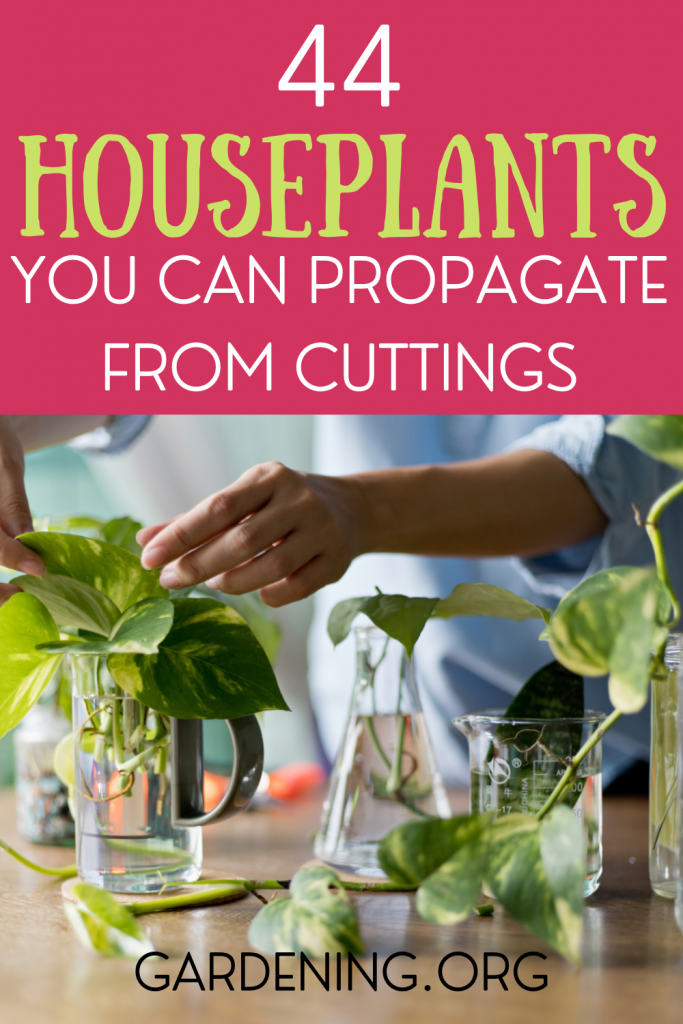
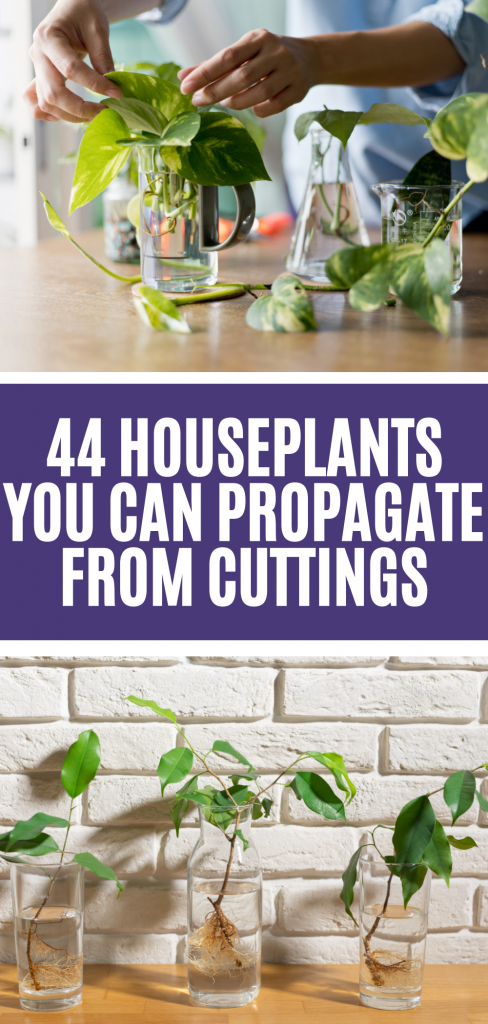
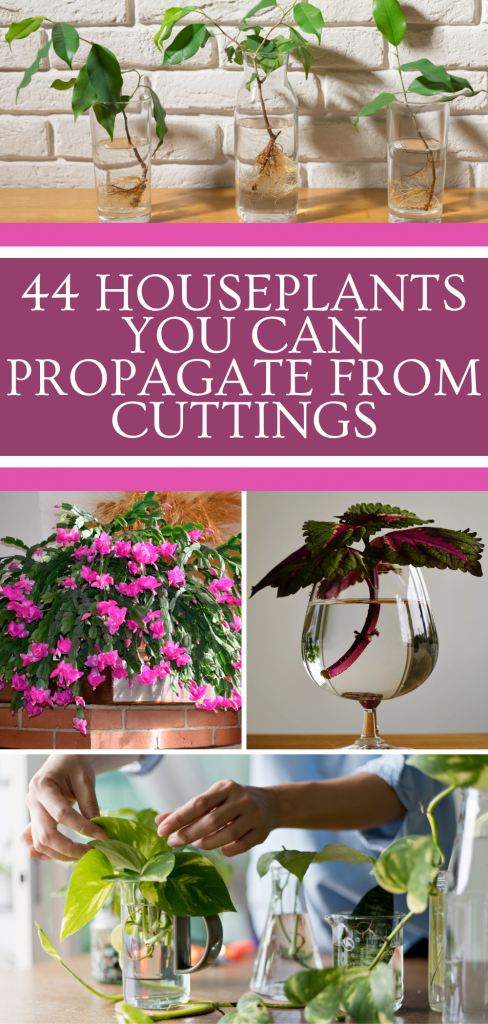
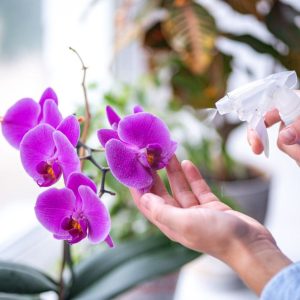

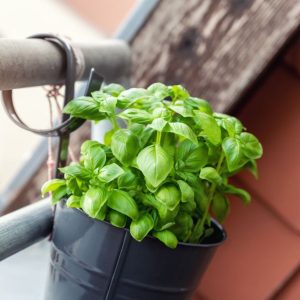
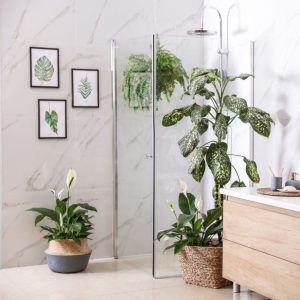
Brandi Swiney
Awesome ideas, can't wait to test some of these.
Kris Ski
How do I propergate Hawaiian ties?